|
A new addition to my collection - BART's first 5 car train - composed of 5 prototype A and B cars, at Union City track 1. Taken in December 1970 or sometime in 1971.
Rohr Industries, Inc. Picture, 710828-3
0 Comments
The most recent addition to my number plate collection is a Y end number plate from B2 car 1809. This is the story of the car. Like all other B2 cars numbered 1801-1913, the 1809 was originally built as an A car. In the 1809's case, it was built as A car 237, with a final inspection date of 3/7/1973 and receipt of delivery on 6/26/1973. Roughly speaking it was about the 214th car delivered, of a series of orders totaling 450 revenue cars. Kenneth Clyde Jenkins captured the 237 at Daly City a few times in the mid 1970s. Here are some of his pictures, now in my collection. In the late 1970s to early 1980s, BART Hayward Shop converted 35 A cars to B cars, allowing for longer weekday trains and enough cars for weekend operation. Many of these cars were previously damaged in accidents, fires, or other incidents. It's hard to say at the moment what was the exact reason behind the conversion, but A car 237 was involved in an ATC-related incident at Richmond station on September 30, 1975. The A to B car conversion was underway by 1980 and A car 237 was converted into B car 809 (9th conversion) during this time. From the 1980s to late 1990s, it rolled as B car 809. In total, it rolled about 4 million miles as A car 237/B car 809. The entire remaining A and B car fleet was rebuilt during the turn of the century to allow for another couple decades of service. All B cars were rebuilt into B2 cars, including car 809, which became B2 car 1809 in 2000. The 1809 rolled throughout the system, and in its final years was assigned to Concord and later Richmond yard. I last saw the 1809 at Hayward yard, stored awaiting decommissioning on June 16, 2023. It was decommissioned just a few weeks later, on June 30, 2023 - a few days after reaching 50 years on the property (where it began, and ended at Hayward Yard). A Y-end (once the cab end, when it was an A car) number plate from the 1809 resides in my collection, where it remains as a reminder of a well-traveled, and well-storied BART car.
WRM recently received a truck from BART. The truck was sourced from a recently retired and scrapped B2 car. The truck itself is an original Rockwell model HPD-3 inboard bearing, cast steel truck, designed and used by BART’s A and B cars, and later refurbished and used on the A2 and B2 cars. The image below shows various components of the truck as originally built. Compare to below This particular truck, serial #2368 has a build date of 1970 as seen by the builder’s plate. During the midlife refurbishment of the A and B cars into the A2 and B2 cars in the late 1990s and 2000s, these Rockwell trucks were refurbished and replaced their Westinghouse 1463 DC motors with Adtranz 1507C AC motors. The third rail shoe and related assembly (in red, stored on top at the moment) picks up 1000 volt DC third rail and feeds it to the propulsion system (inverter) located underneath the carbody. Then, AC power and commands from the car powers the two motors, moving the truck (and the car mounted on the truck). Overall, the truck is in excellent condition and with a few more parts, will be a complete B2 car truck. This truck will help the BART car preservation effort by providing numerous measurements to ensure safe movement and storage of three BART legacy cars in WRM’s Carbarn 3.
B2 Car 1806 is, on first look, just any old B car. It runs in the middle of trains, and seats 53 people. It has a few smells and a few bulbs are out. Underneath all that, B2 car 1806 is one of many historic BART cars. The 1806 was originally built by Rohr as A car 117. It was among the first two dozen BART legacy cars built. It was built in Chula Vista, CA, and delivered to BART's Hayward Yard on 5/16/1972. It was used for pre-revenue testing of the BART system, and entered service on BART's opening day, Septmeber 11, 1972. By the 1980s, many A cars were worn out and/or damaged. BART was a new railroad and in some ways, still learning the ropes - there are accounts of runaway cars, collisions, and fire damage during these early days. Car 117, alongside 34 other A cars, were destined to become B cars. The unique design of the A cars facilitated such conversion (which was miles cheaper and faster than building new B cars). A car 117 became B car 806 in about late 1980. The "new" 806 rolled in service until its midlife refurbishment in 2001. As a product of the refurbishment, B car 806 became B2 car 1806. The 1806 is still in service, far beyond the original intention of its designers. This old car will probably be scrapped this year or next year, but if anything, it has carried the millions through thick and thin for over 50 years.
Today marks the final chapter of one of BART’s most historic Legacy Cars: the Fremont Flyer. The Fremont Flyer was originally known as A car 143, the 48th car off of the Rohr assembly line in Chula Vista, CA. The car was delivered to Hayward Yard on August 31, 1972, less than two weeks ahead of BART’s opening day, and underwent testing to ensure the car was ready for revenue service – or so it was thought. The shiny new 143 entered revenue service on October 2, 1972, filling in for two broken down trains. Dispatched as Train 307, a short two car train with A cars 143 and A car 118 – the latter was a “Day One veteran” – headed south from Hayward Yard to Fremont station (143 leading), thence to MacArthur (118 leading), the northern terminus at the time. Train 307 then headed south to Fremont. While approaching the A85 interlocking just north of Fremont station, the train received a 27-mph speed code – one of eight discreet speed codes on the BART ATC system – to ensure the train would safely cross over from track 1 to track 2 and stop within the platform. Unbeknownst to anyone on the train, a tiny yet faulty crystal, controlling an oscillator on a printed circuit board, incorrectly decoded the speed code to mean the train should speed up to almost 70 mph – which it achieved. Crossing over the A85 interlocking at 66 mph, the train attendant recognized something was amiss and did all that was possible to stop the train (including pressing the stop button so hard he broke the mounting and pushed it through the console). Even then, the braking was inadequate; the train sped through the center of platform 2 at 42-50 mph and impacted the sandpile at about 26-33 mph (sources debate speeds), continued and landed in the parking lot – short of a stop sign. Injured riders and the train attendant were rushed to the nearby Washington Hospital. The accident brought national attention to the safety of BART, alongside significant changes to carborne ATC equipment and changes across the system. Such changes included, but were not limited to, additional circuitry to ensure the decoding of the correct speed code, alongside the addition of wayside markers showing where a train should start braking and the maximum speed. Years of revisions and refinement to the ATC system following the Fremont Flyer incident has made BART a safer system for all who ride it. A car 143 never carried another paying rider but it found a new life as a B car. In fact, the damage was severe enough for the BART forces to recommend salvaging parts and scrapping the car. Fortunately, BART engineering know-how was on its side and the 143 was repairs and converted into B car 826 by Hayward Shop forces by the end of 1981. It then rolled again, this time as a standard B car for about 20 years. As part of the A and B car refurbishment of the A and B cars during the turn of the century, B car 826 was rebuilt and renumbered into B2 car 1826. In its final years, it was assigned to Concord yard and seen in the middle of long Yellow line trains. After this major incident, but then a successful repair and conversion, old 143 carried thousands of passengers millions of miles. BART is currently replacing their Legacy Cars with the Fleet of the Future cars. The Fremont Flyer was no exception to this, and after 50 years since it first entered revenue service, this car was decommissioned. BART forces also recognized the historical importance of this car, and invited Western Railway Museum volunteers to preserve artifacts from this car for posterity and for use in the future Rapid Transit History Center. WRM volunteers were able to identify the Y end (once cab end) exterior and interior number plates, the ADtranz rebuilding plate (c. 2001), and a seat. These artifacts will help tell us tell the story of one of the most historic transit vehicles of the BART legacy fleet. This article was written by ATP Transit for the Western Railway Museum.
The oldest remaining car of the legacy fleet is a B2 car numbered 1501. It was built 52 years ago as B car 501, and third legacy fleet car ever built (see note 1), delivered in December 1970.
As part of the midlife rebuilding of the A and B cars (awarded to ADtranz/Bombardier), B car 501 was rebuilt and renumbered into B2 1501 (See note 3). As of summer 2022, the 1501 is assigned to Daly City Yard and can be found in the middle of Blue line trains (alongside others) from time to time. Notes:
Note 1: A cars 101 and 102 were the first and second cars built, respectively. They were both replaced and scrapped following the conclusion of the prototype car testing. Note 2: Three B cars (501-503) and one A car (107) were kept following prototype car testing. The line numbers are as follows: 501-3; 502-5; 503-6; 107-10 Note 3: The original A and B cars were built in Chula Vista, CA, and rebuilt in Pittsburg, CA. Most of the cars have never left California (outside A cars 111, 191 and 246). Sources: BART Progress Reports (1970) via Western Railway Museum Archives Pacific News (August 1978) Modern Heavy Rail by Andre K. BART Fleet List v. 5.6.7 Comments and corrections welcome. At about 10:15 AM, Monday, October 2, 1972, Train 307 from MacArthur, with brand new A car 143 leading and "Day 1 veteran" A car 118 trailing, overshot Fremont station and plowed into the parking lot, injuring four passengers and the train attendant. Fortunately, Washington Hospital is next door to Fremont station so the response was timely. This accident was attributed to a faulty 27 mph crystal oscillator on a printed circuit board, which instead of signaling the train to slow down to 27 mph, sped it up to almost 70 mph (66 mph when at A85 gate C). The train attendant did all that was possible to stop the train, but even then, the braking was inadequate; the train was speeding through the center of platform 2 at 42-50 mph and impacted the sandpile at about 26-33 mph (sources debate speeds), landing in the parking lot. The accident brought national attention to the safety of BART, alongside significant changes to carborne ATC equipment alongside changes at Fremont station. A car 143 never carried another rider but it found a new life as a B car. It was converted into B car 826 by Hayward Shop forces by the end of 1981, and rolled again, this time as a standard B car. As part of the A and B car rebuilding during the turn of the century, B car 826 was rebuilt and renumbered into B2 car 1826. As of August 2022, it is assigned to Concord yard and can be seen in the middle of Yellow line trains, from time to time. A keen eye may recognize a few scars from its ill-fated trip a half century ago. B2 car 1826, in my opinion, has earned a place as one of the most historical transit vehicles in history.
Photo credits belong to the Prelinger Library (Therkelsen clippings) and Western Railway Museum, and a private collection. |
About
"The Two Bagger" is meant to be a place to store more "blog" style posts on various cars, pictures, and random tidbits/trivia. At BART, a "two bagger" is a rather informal name for a two car train. Two car trains rolled in revenue service back in 1972. Archives
July 2024
Categories
All
|

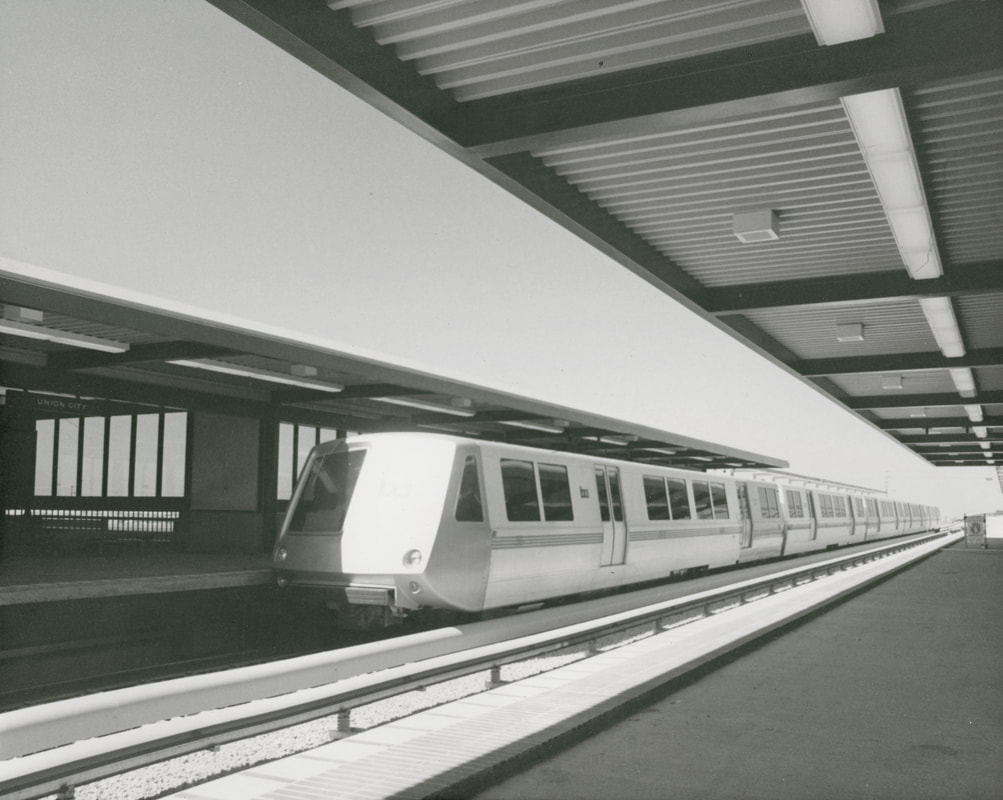
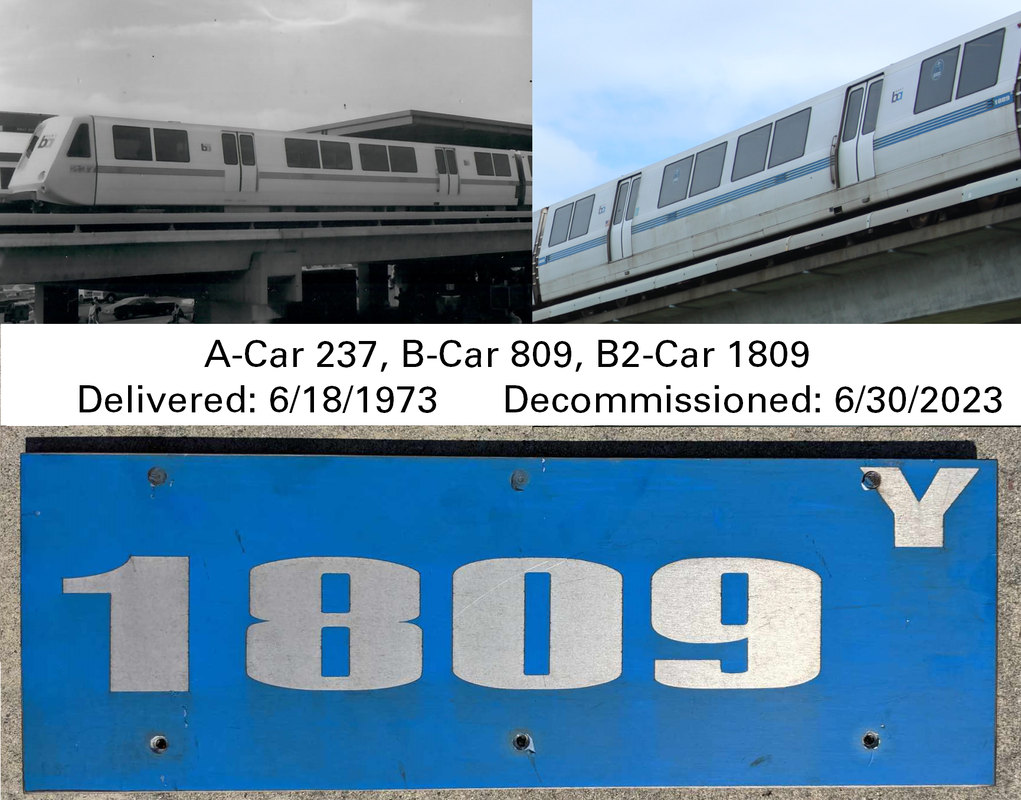
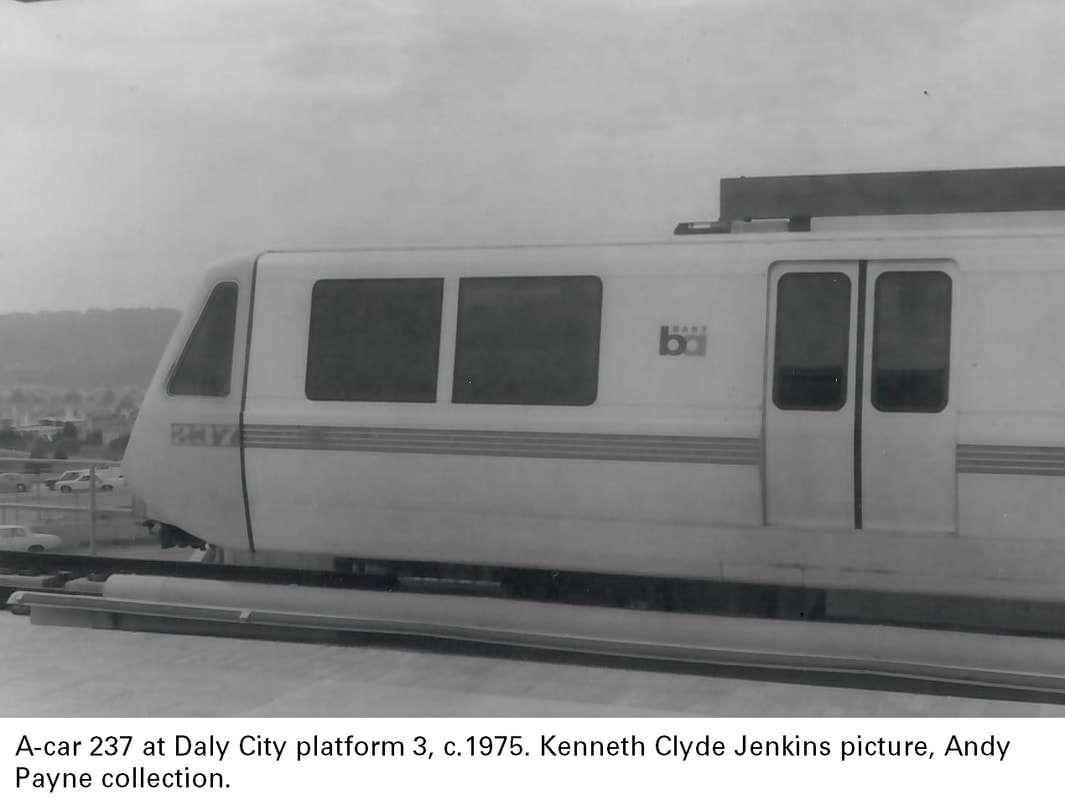
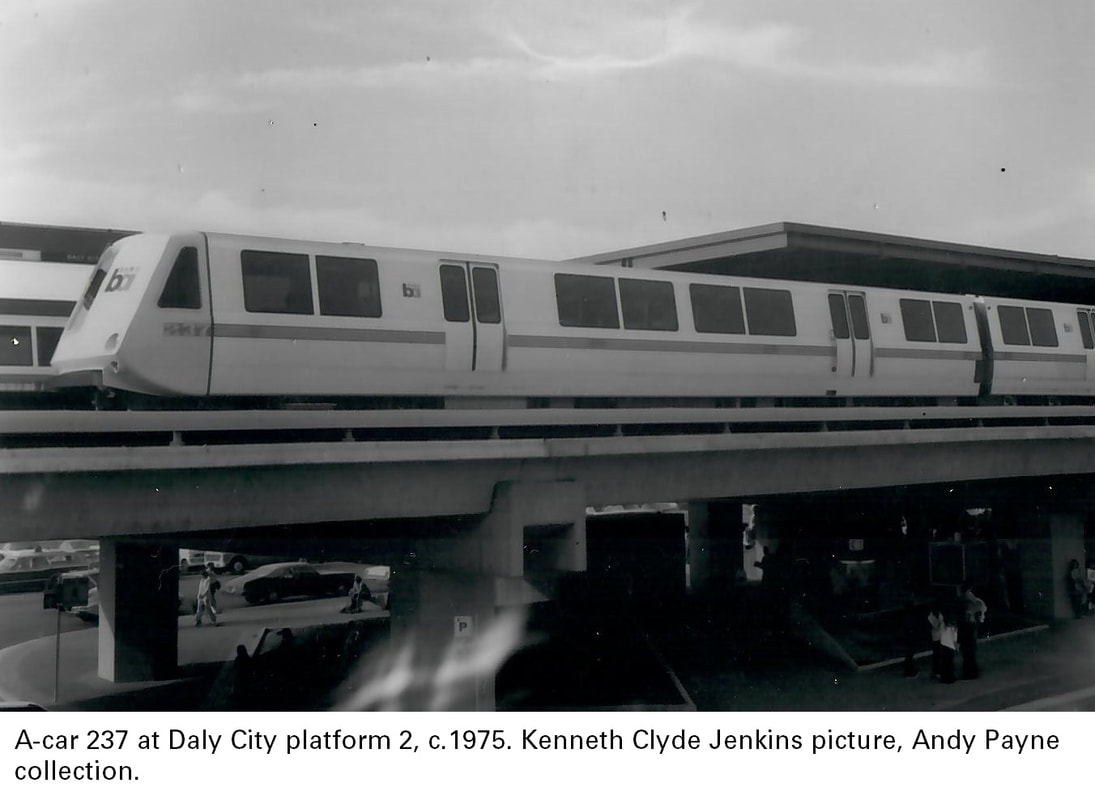
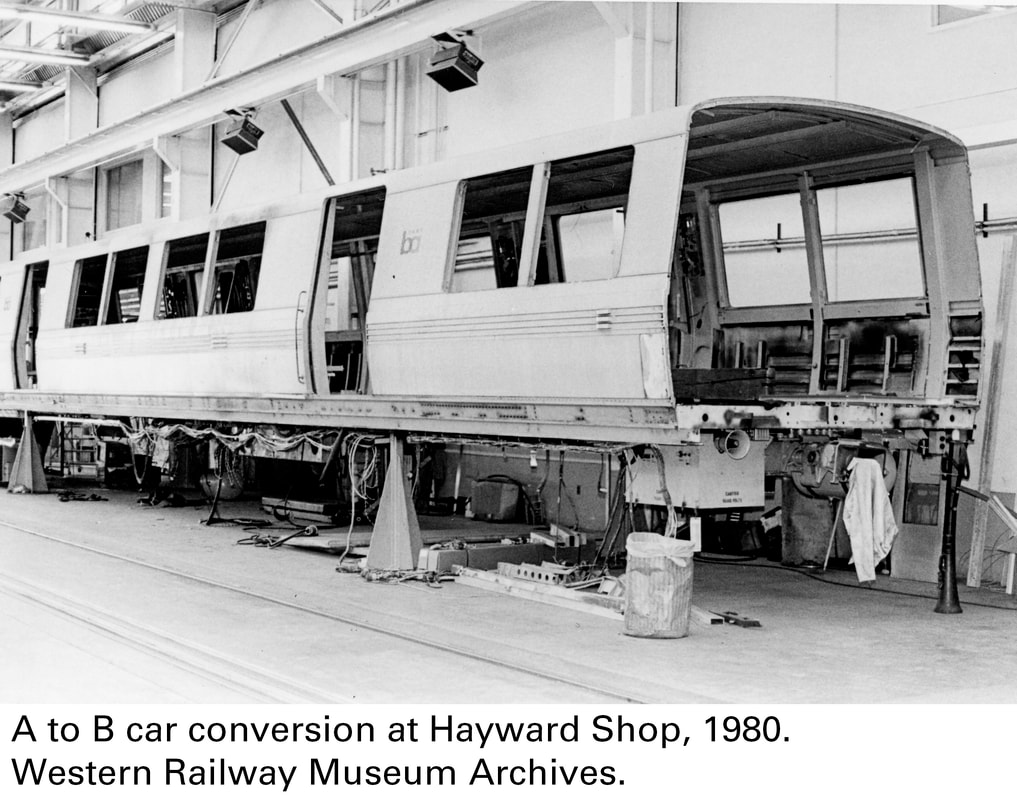
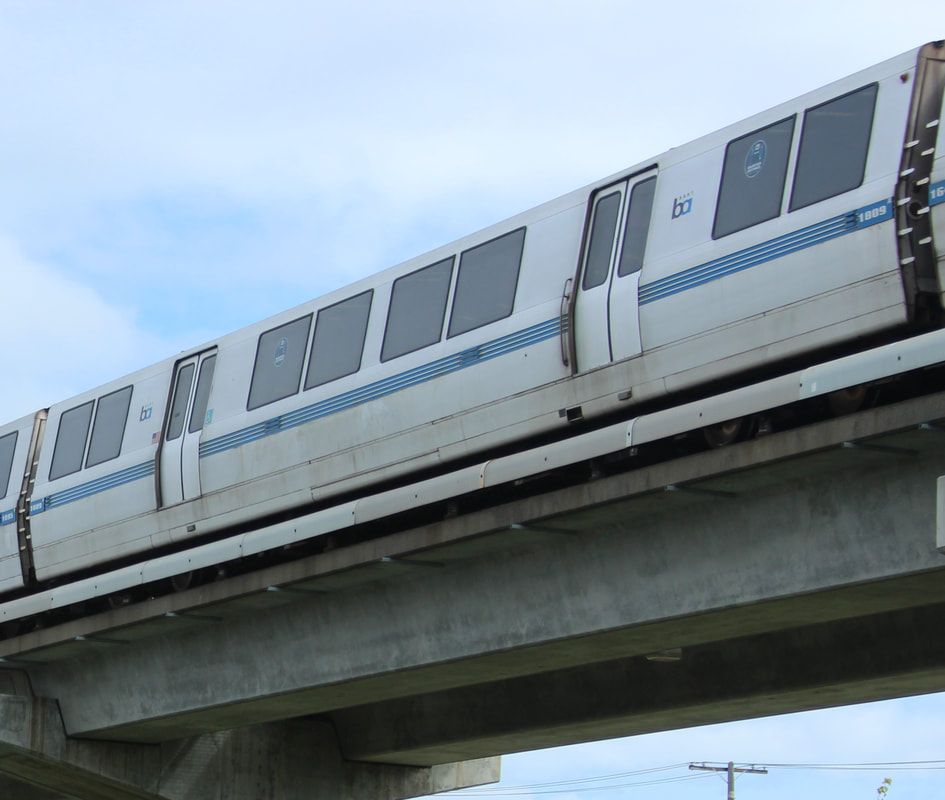
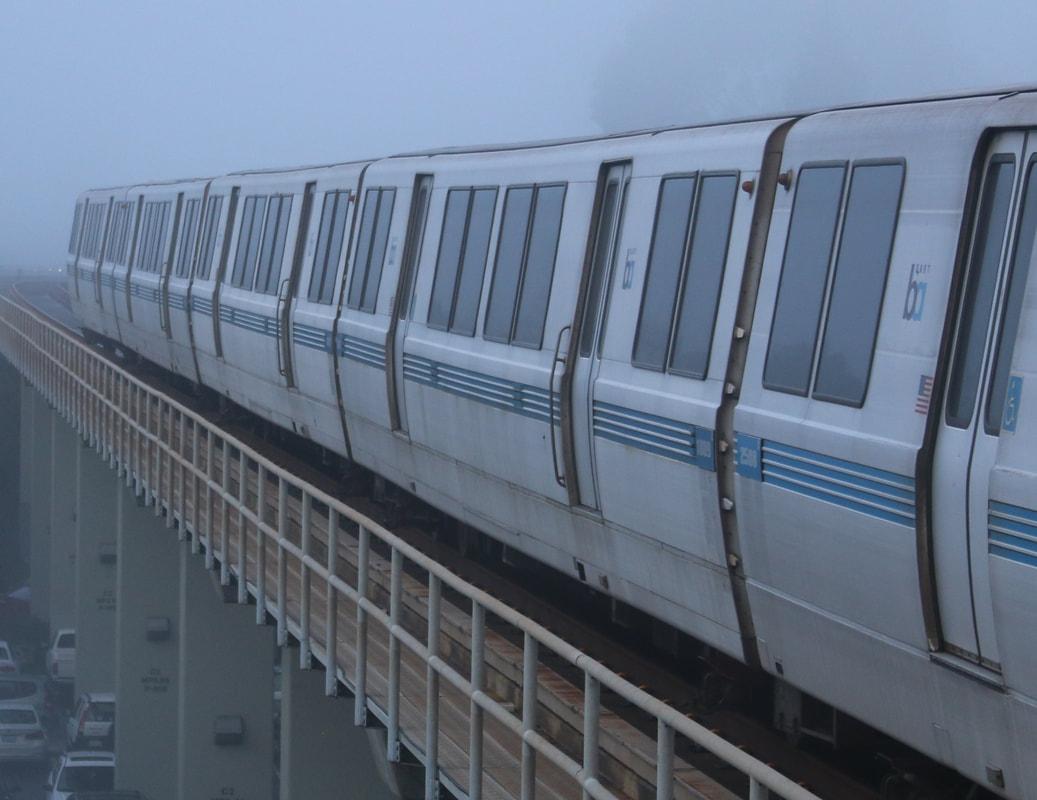
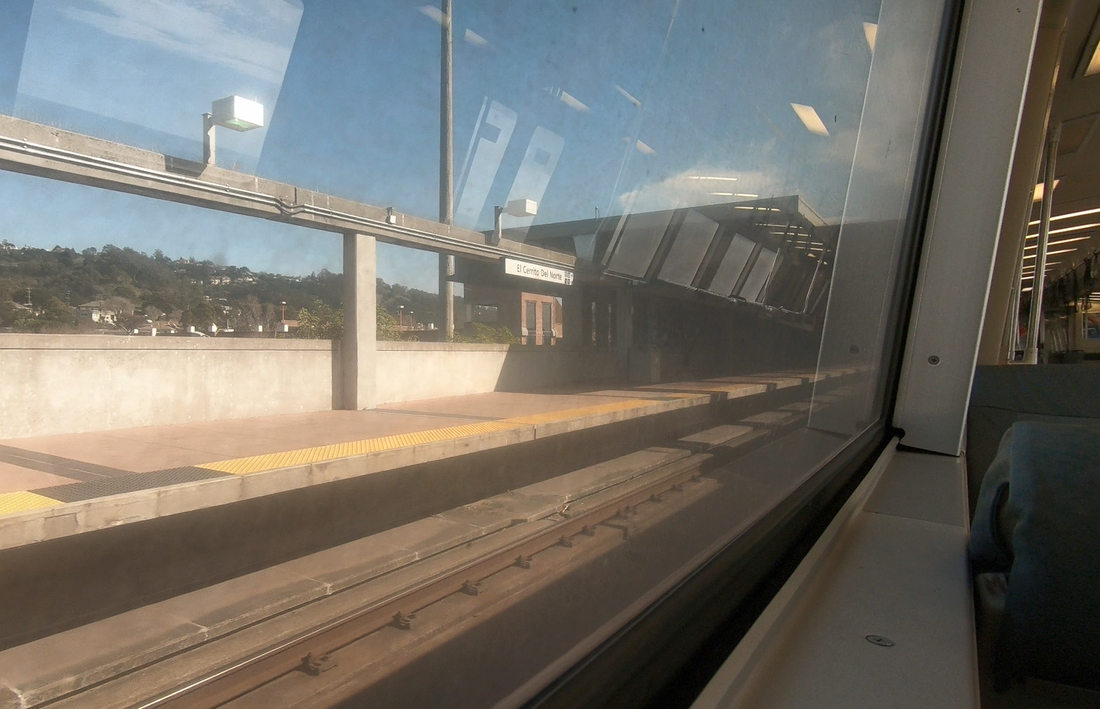
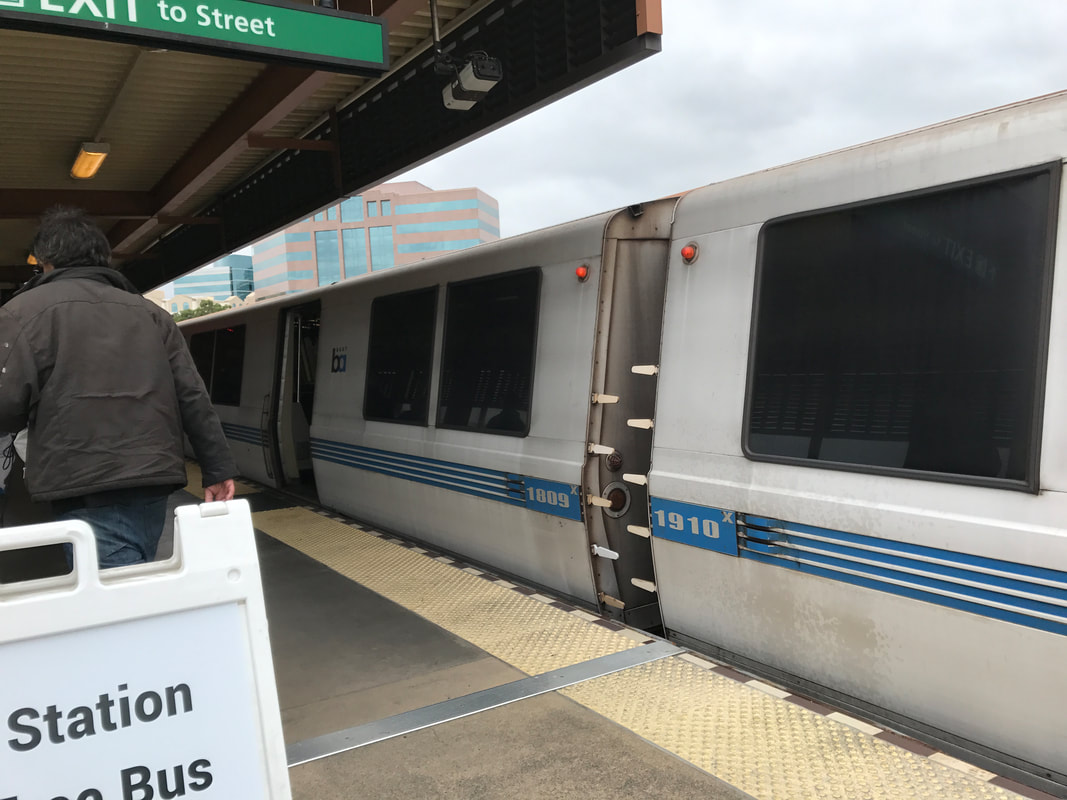
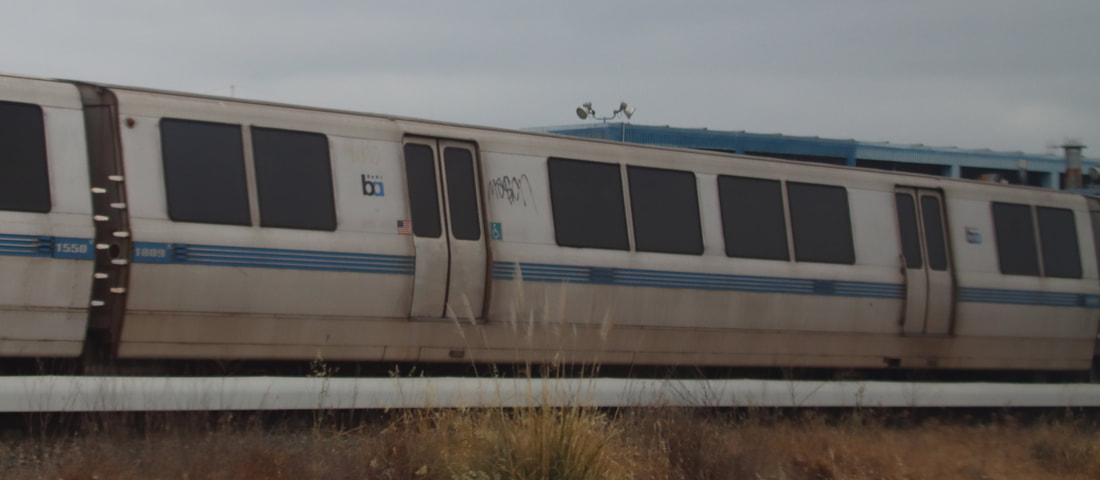
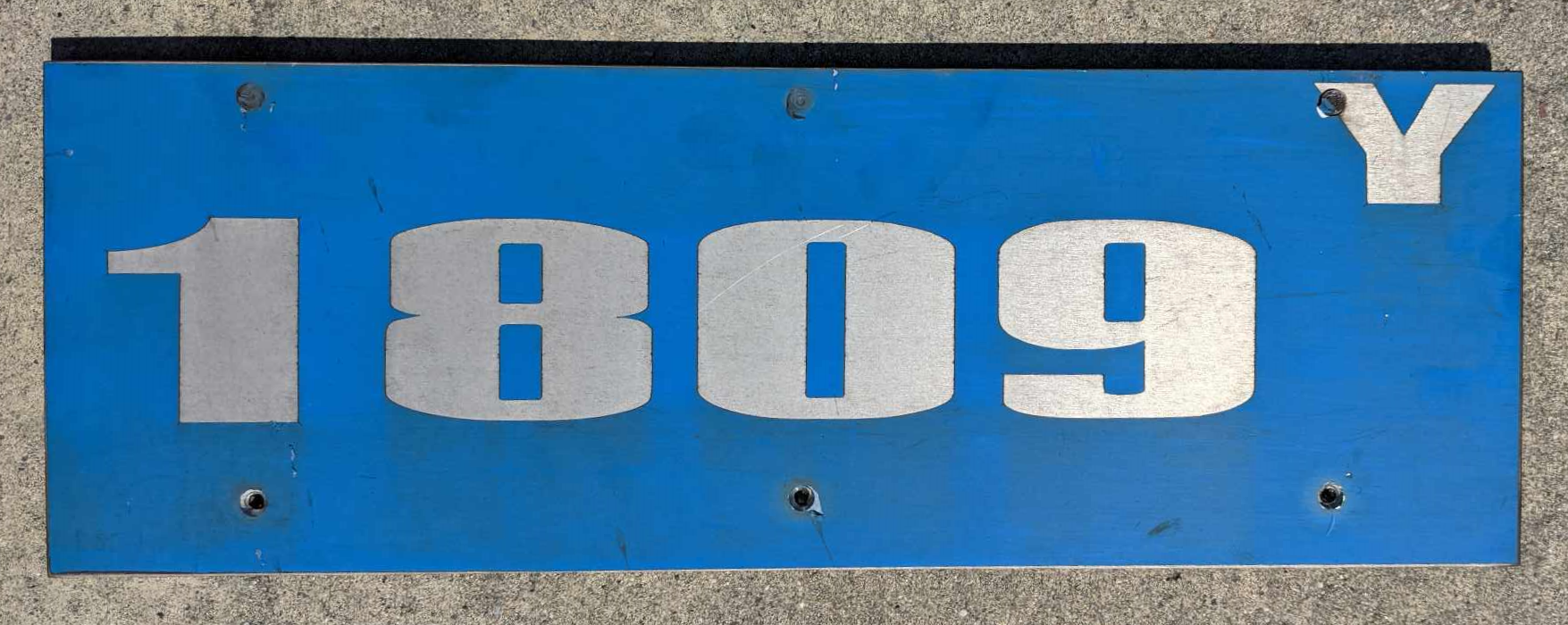
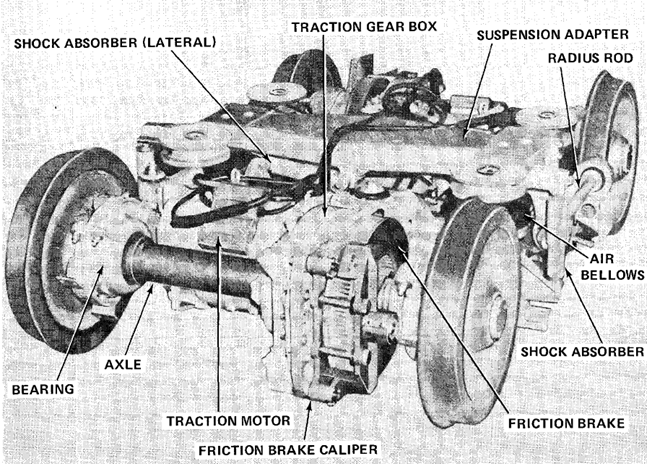
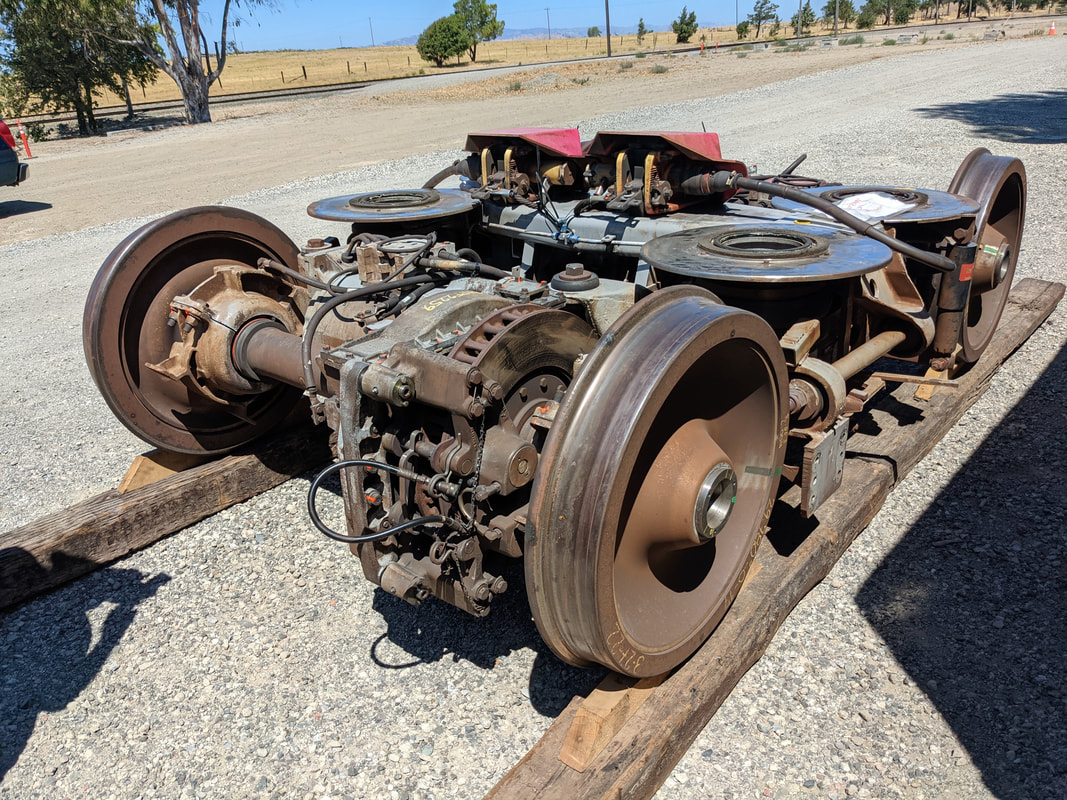
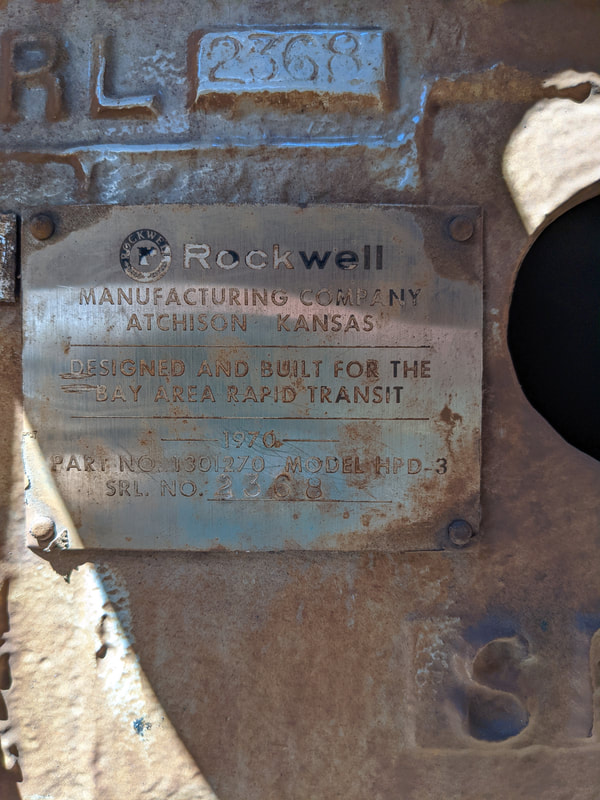
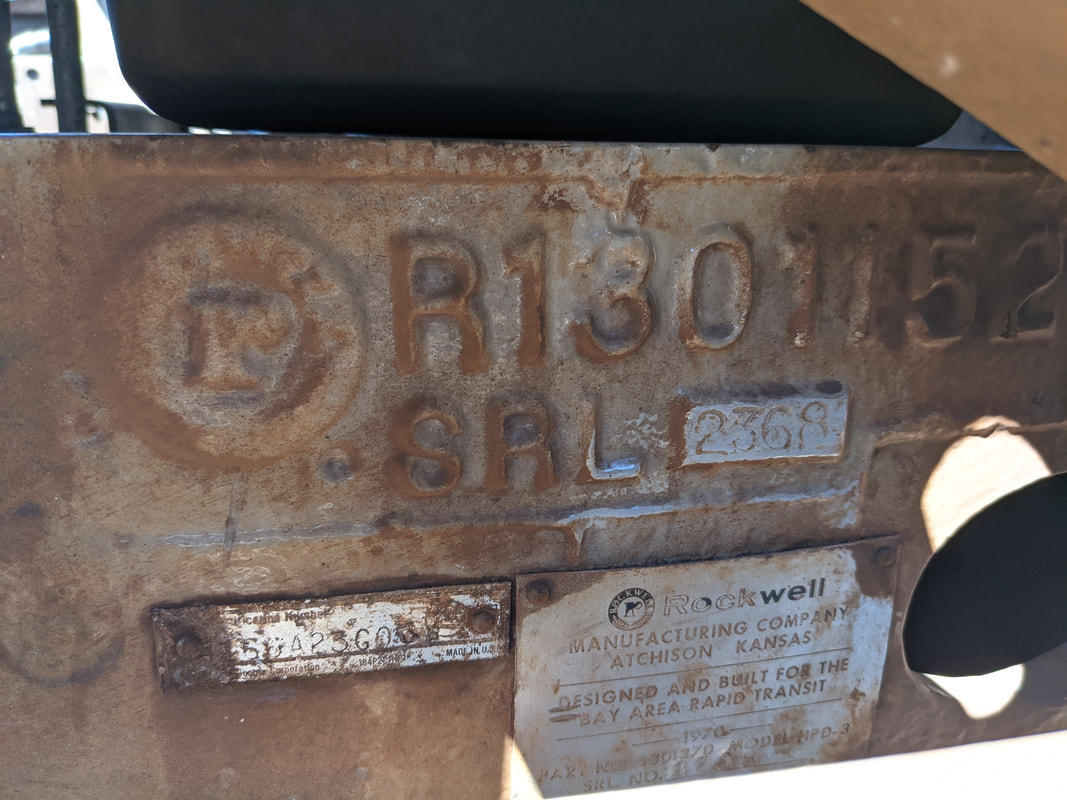
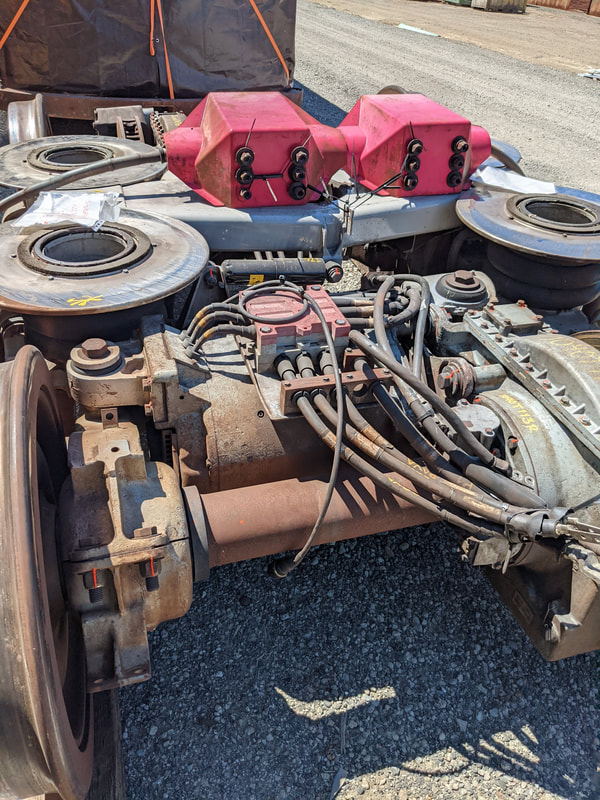
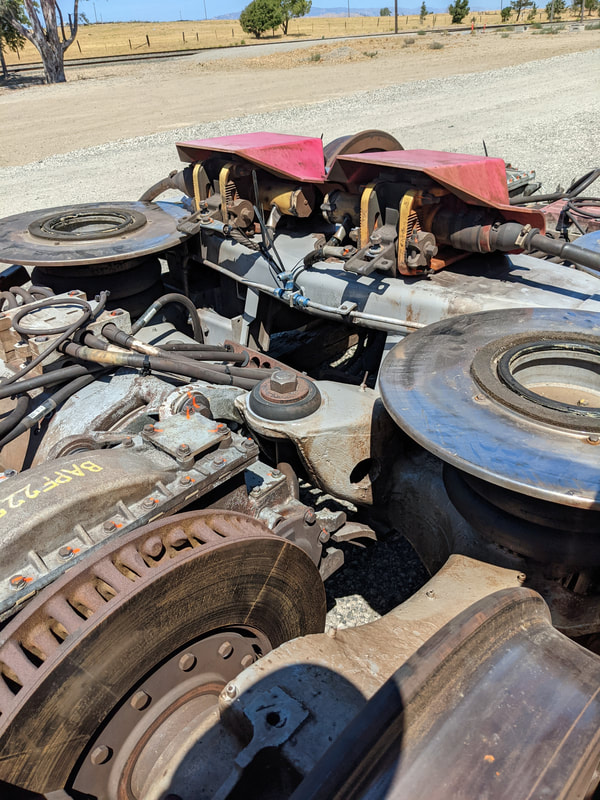
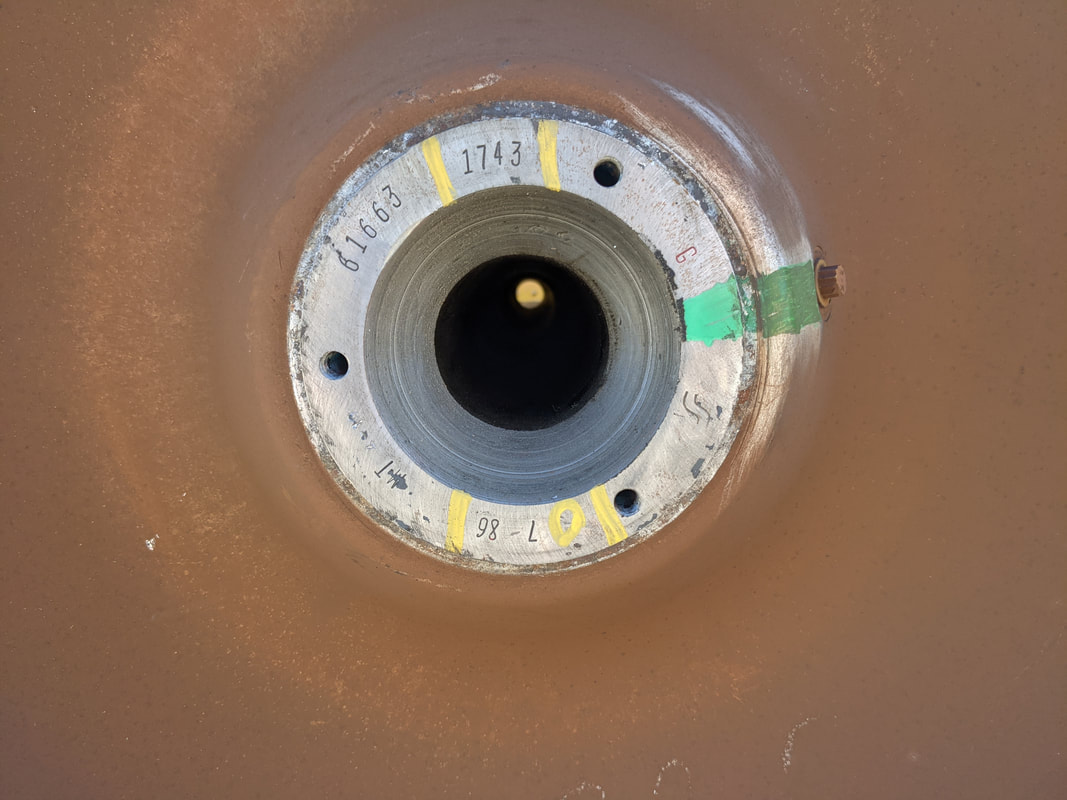
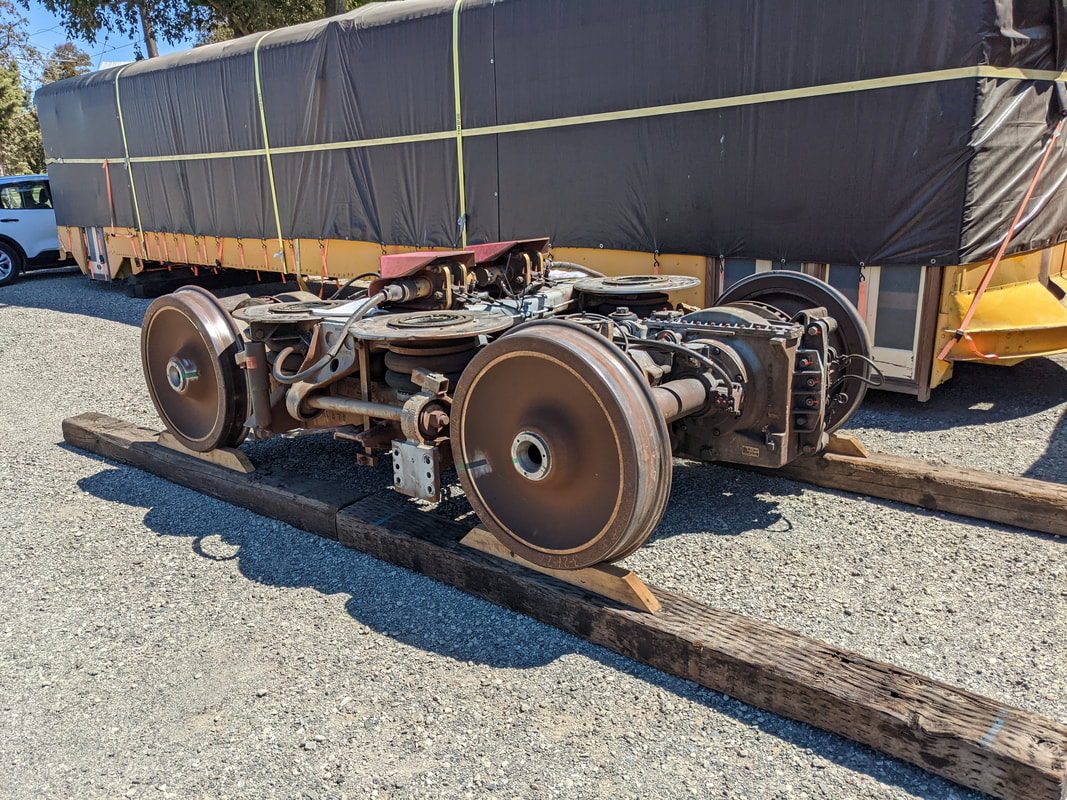
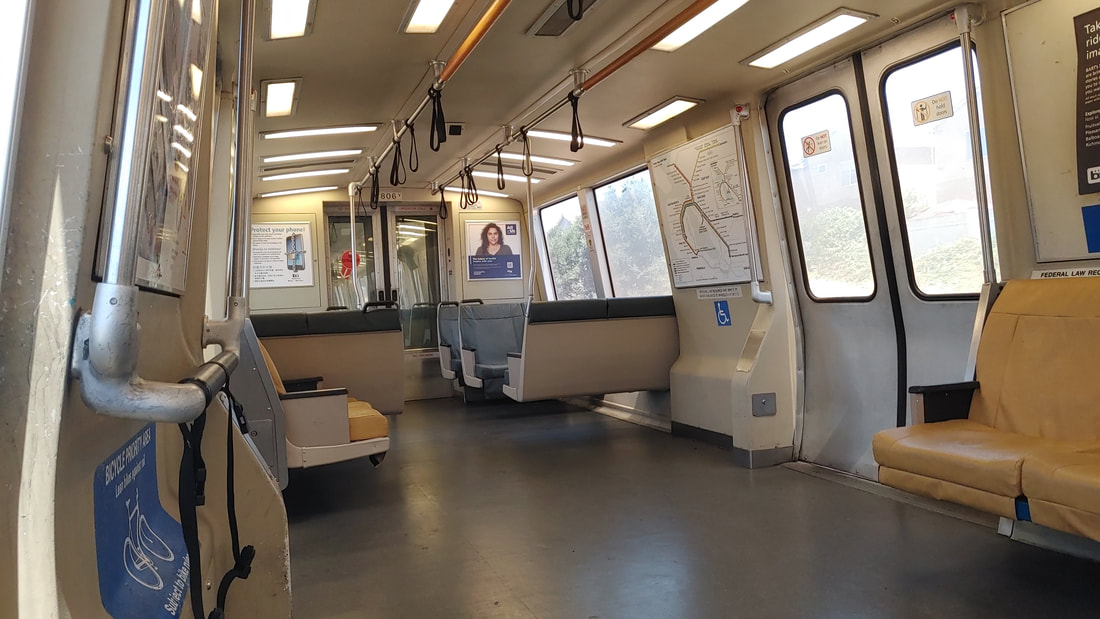
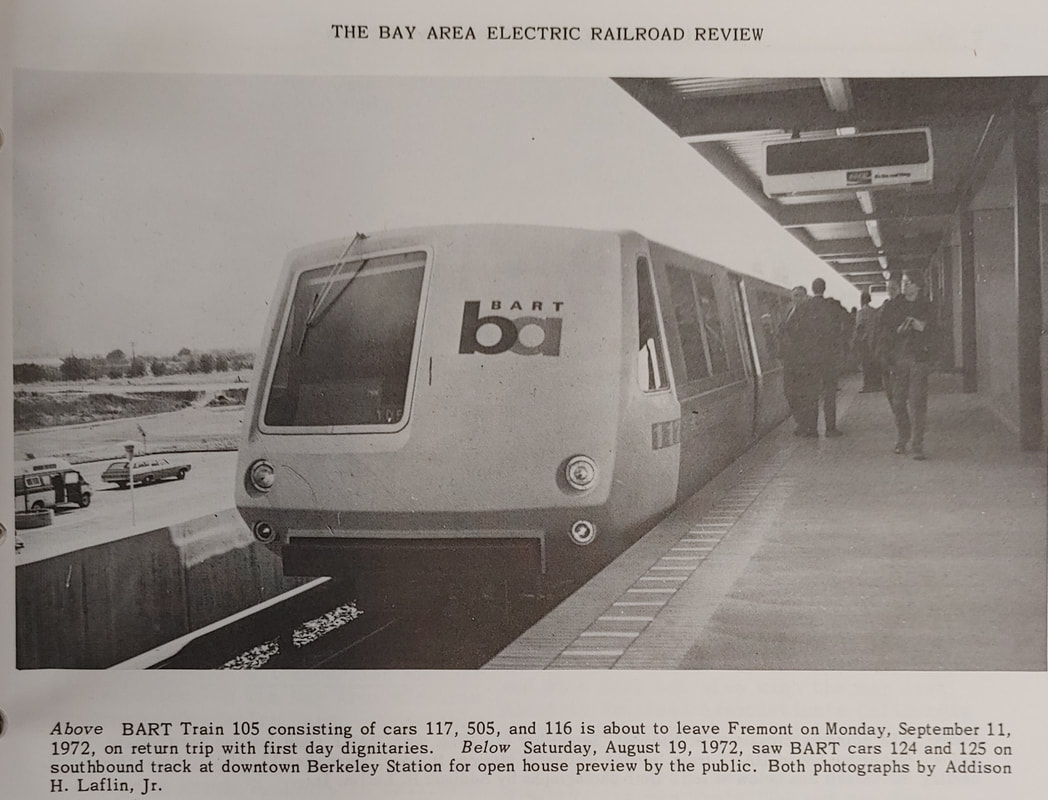
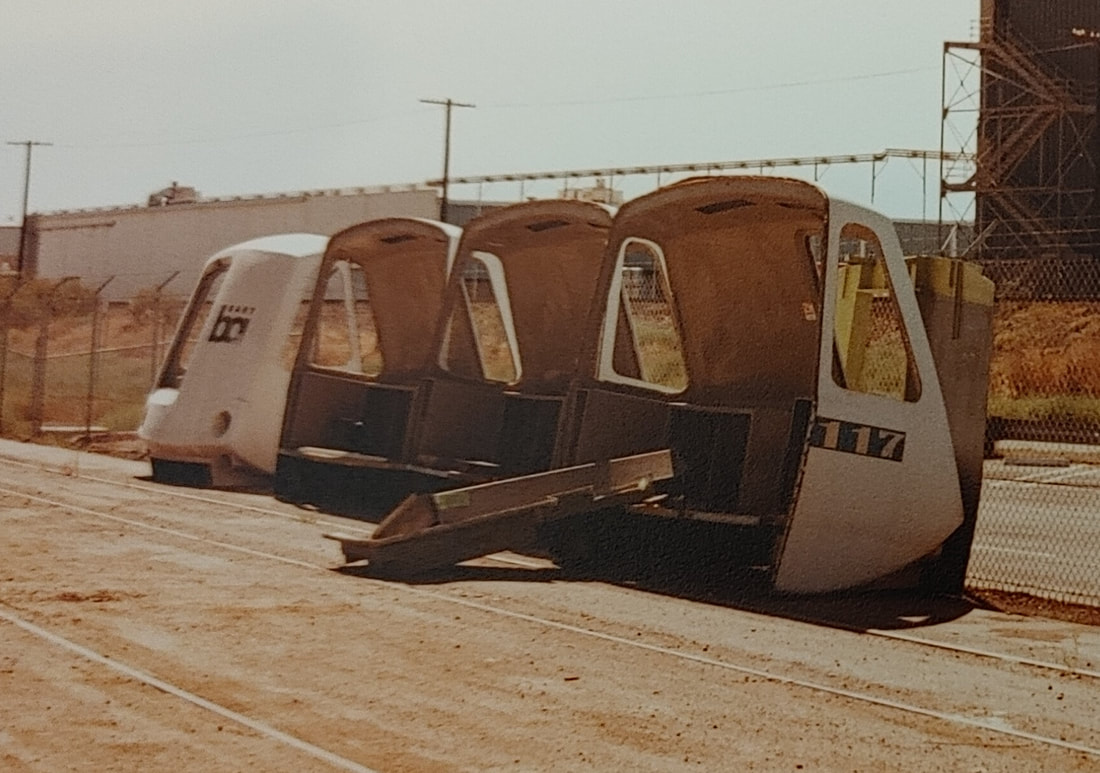
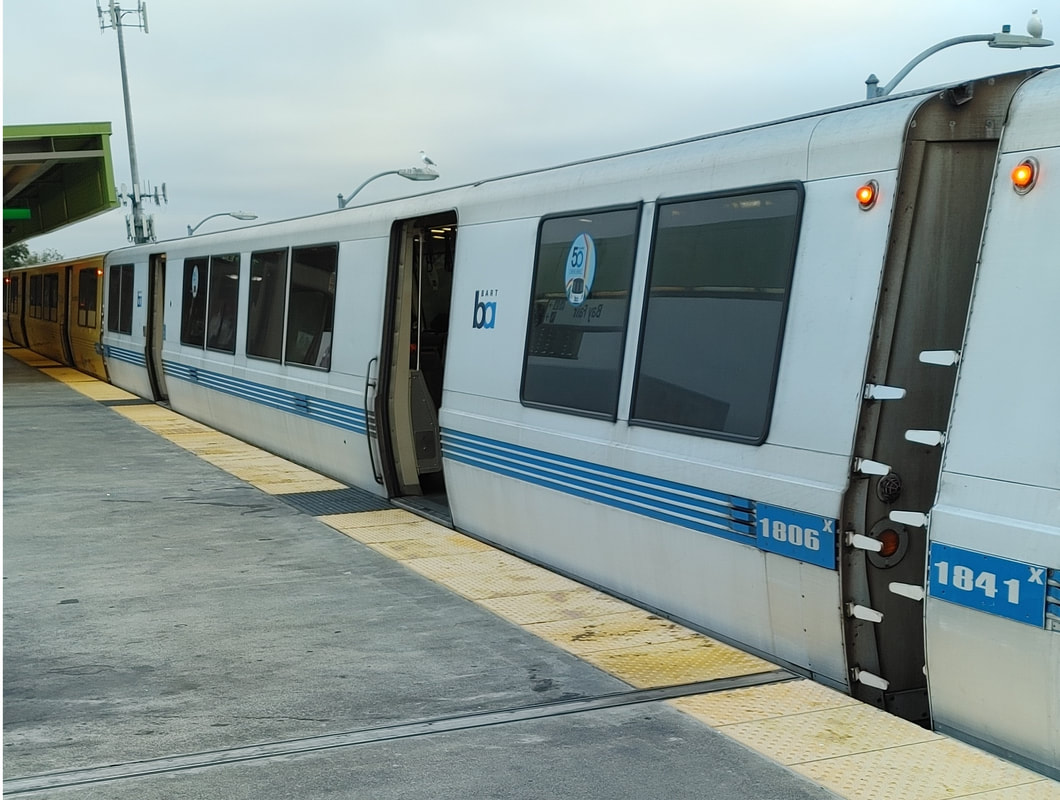
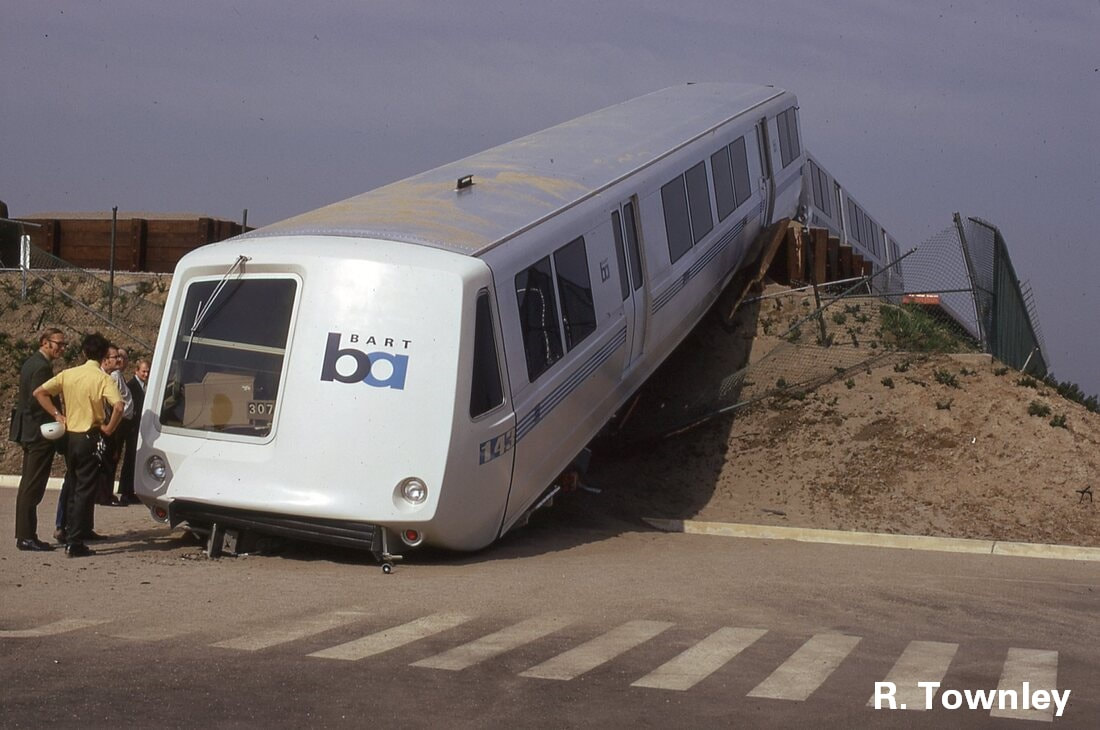
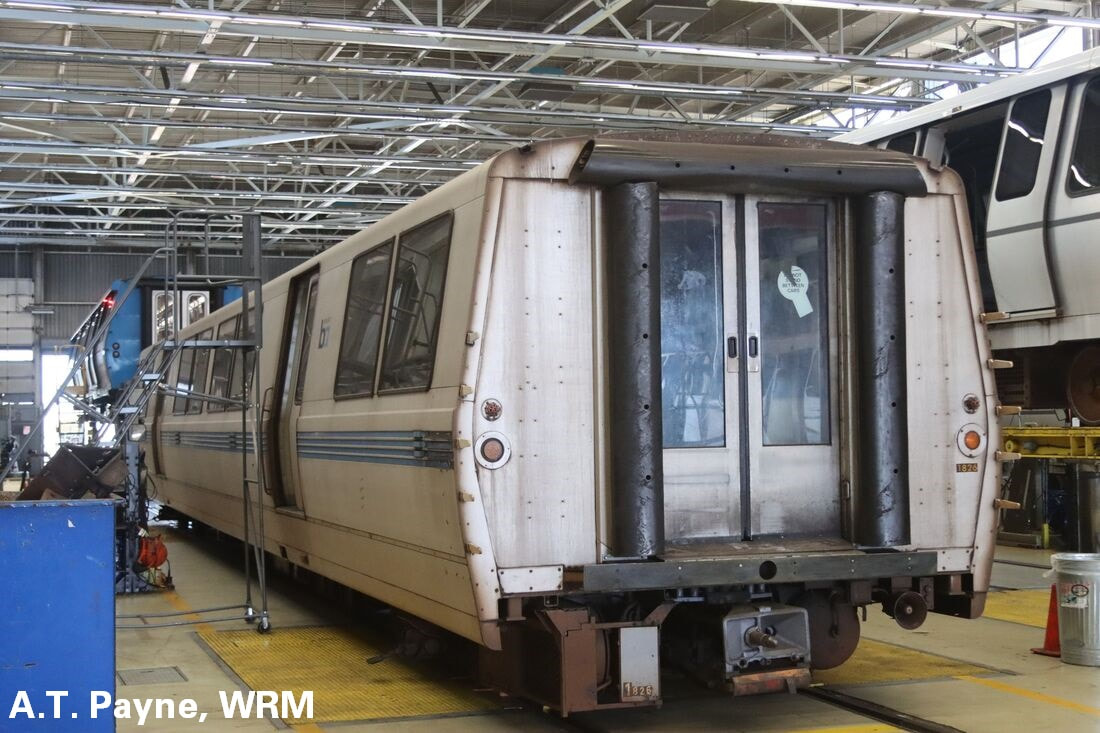
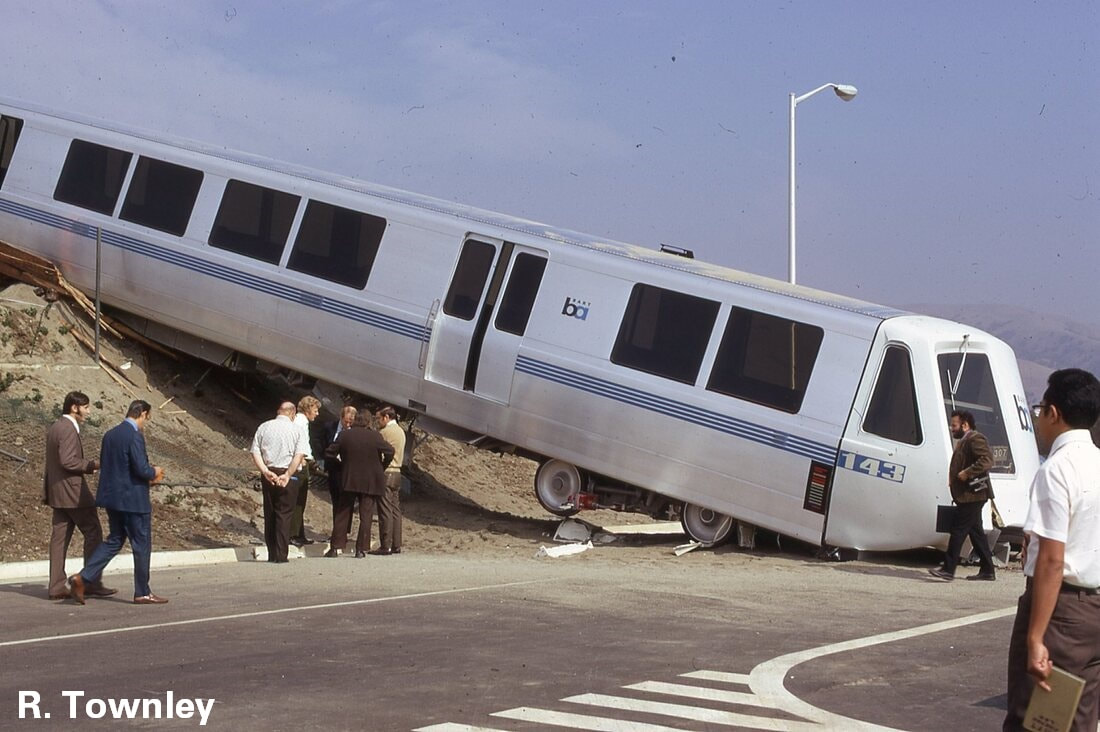
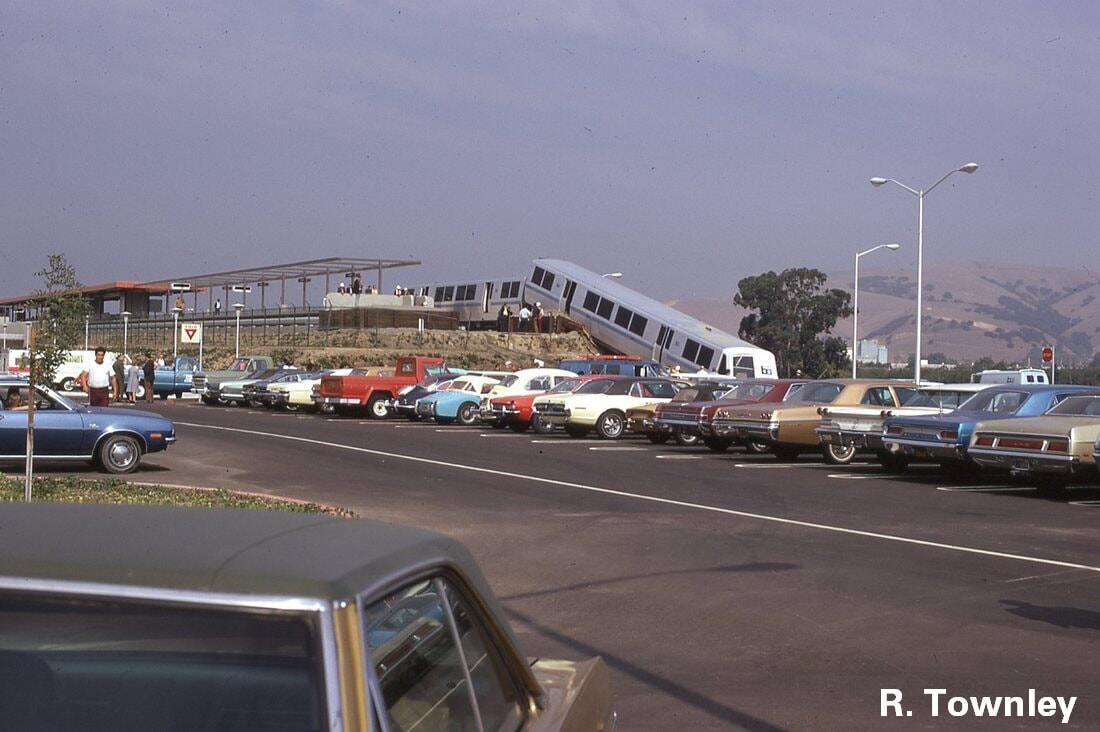
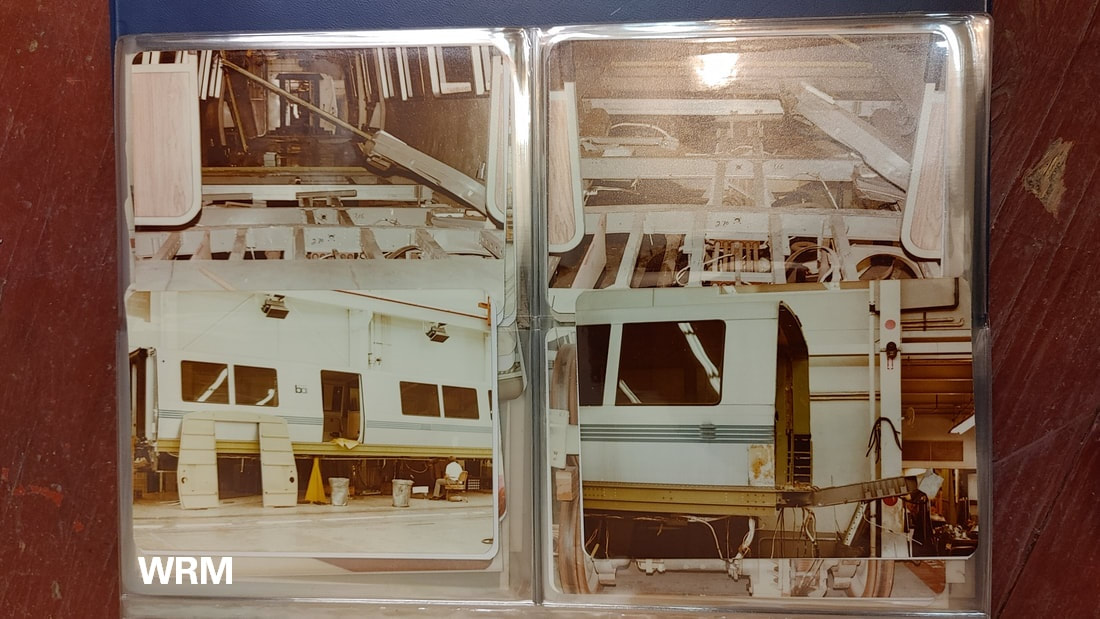
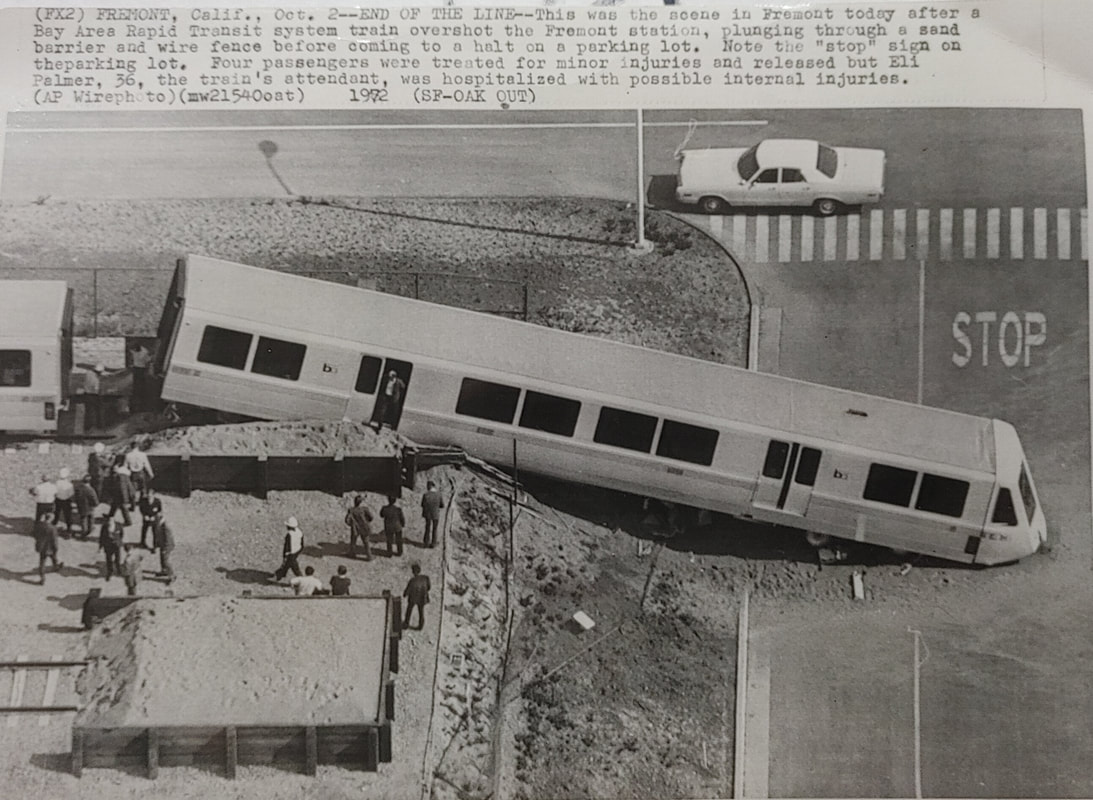
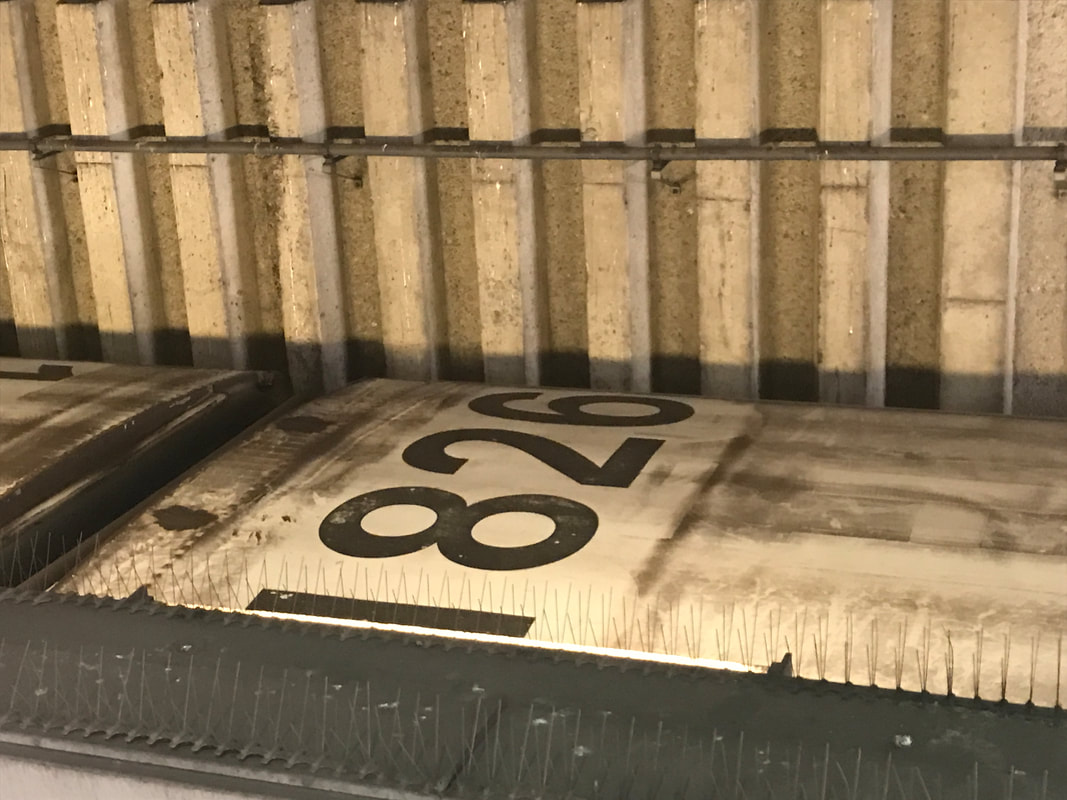
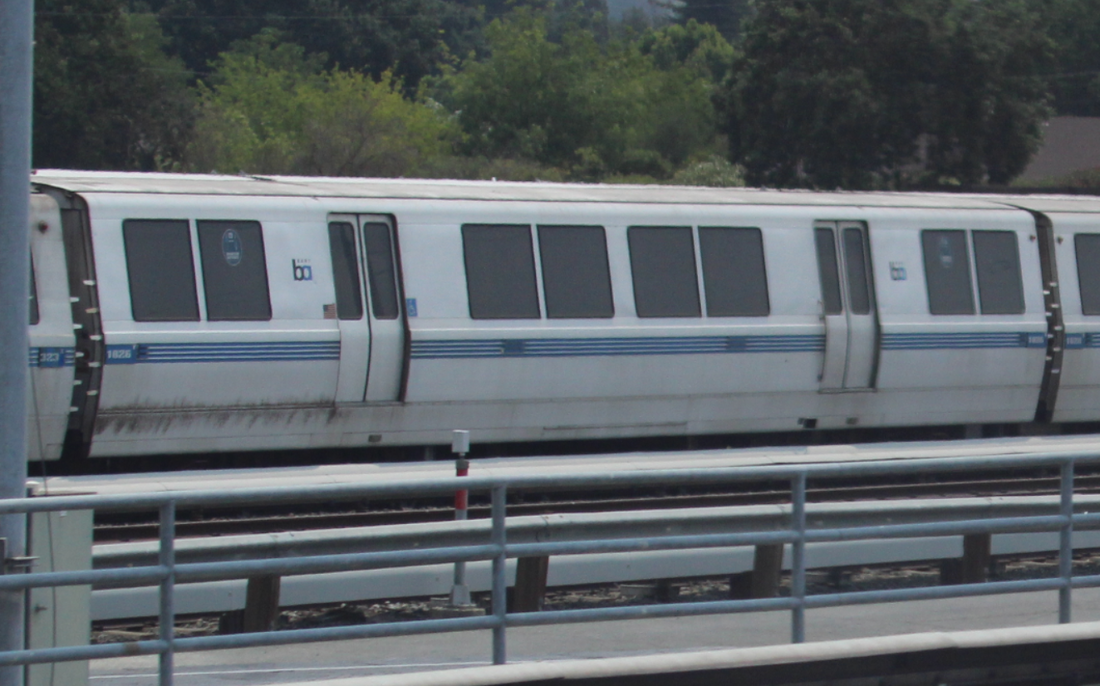
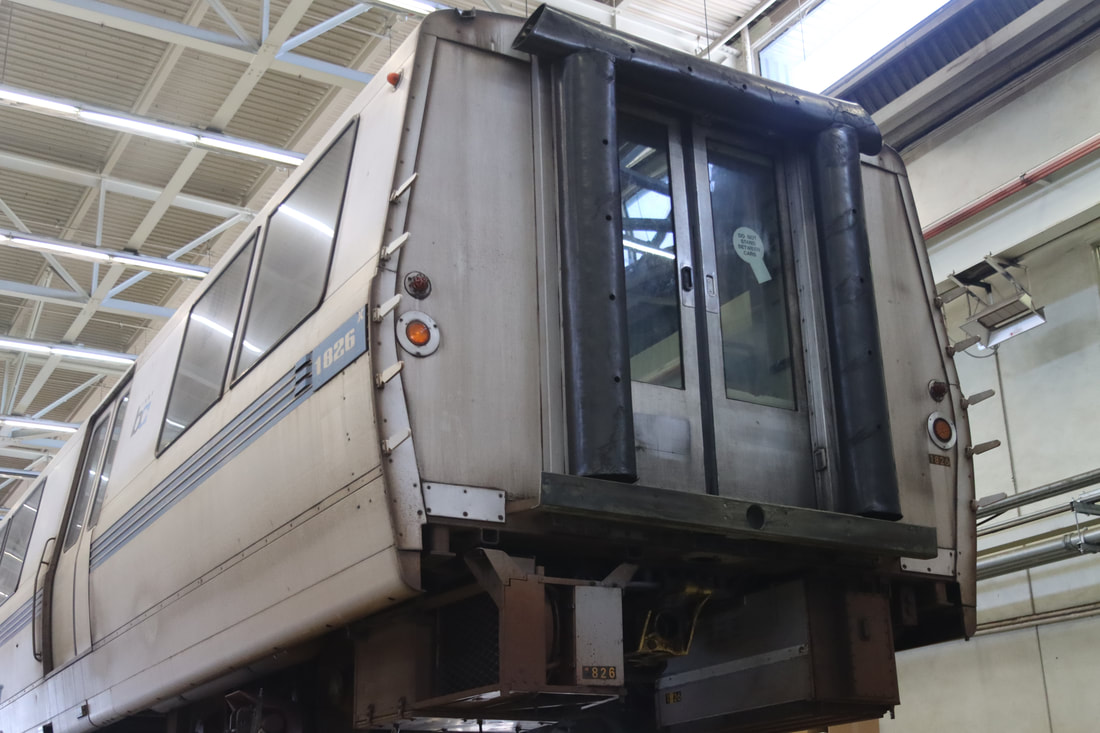
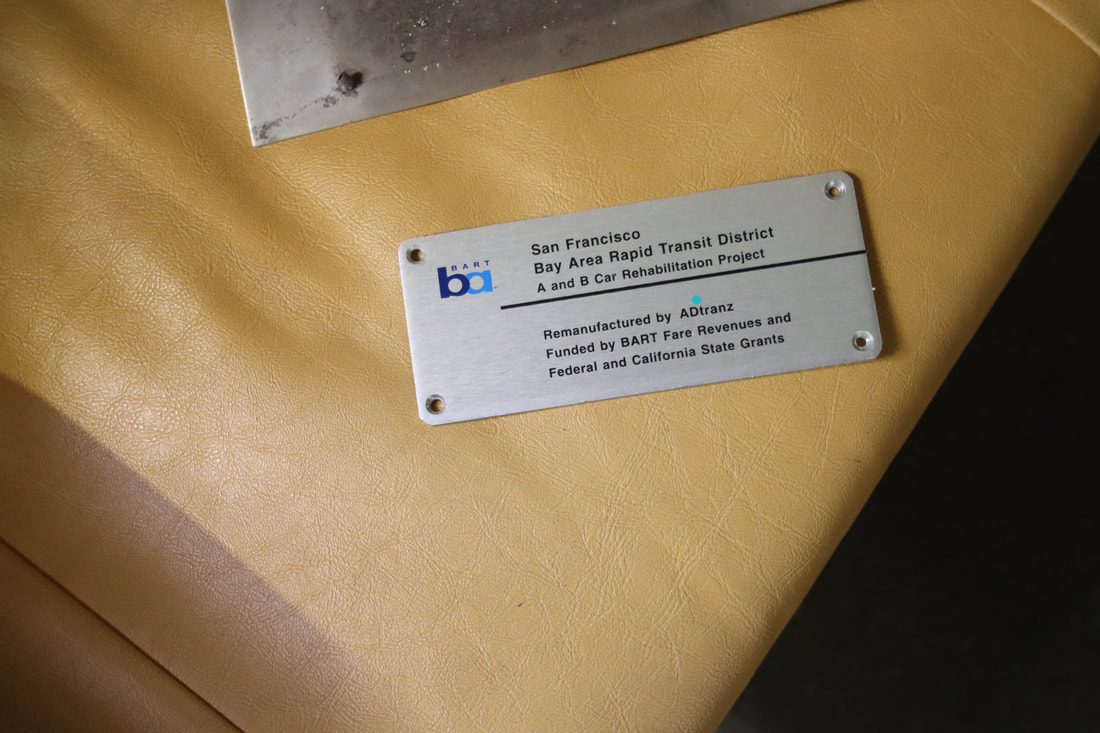
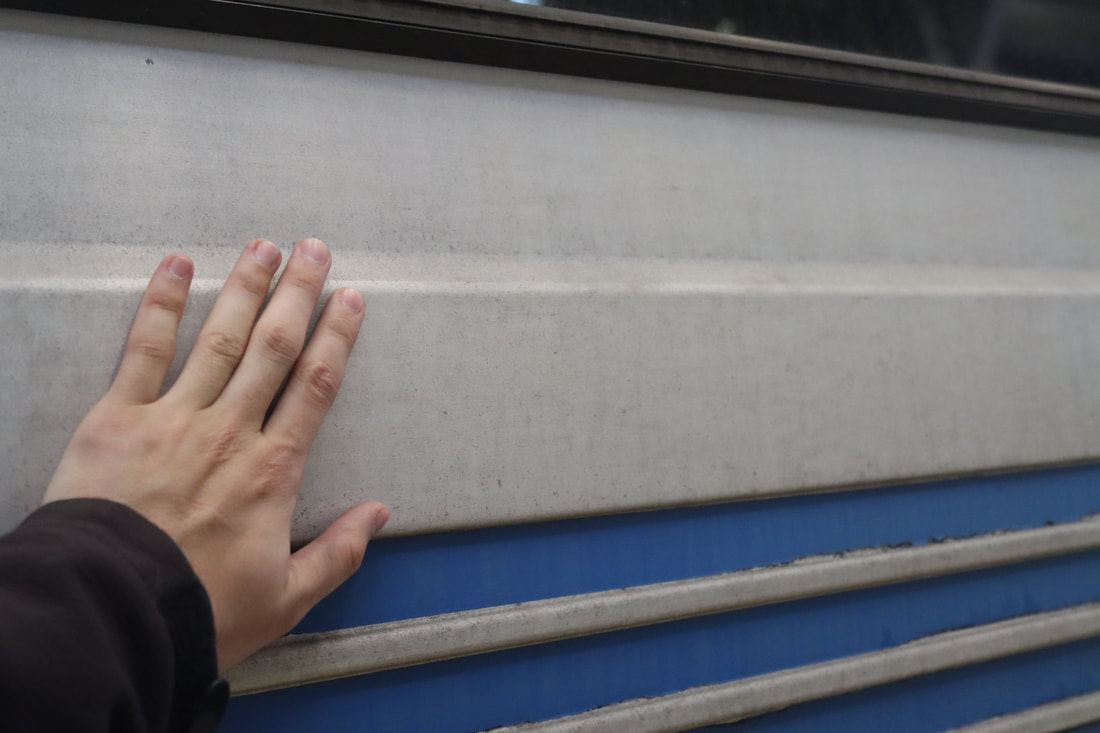
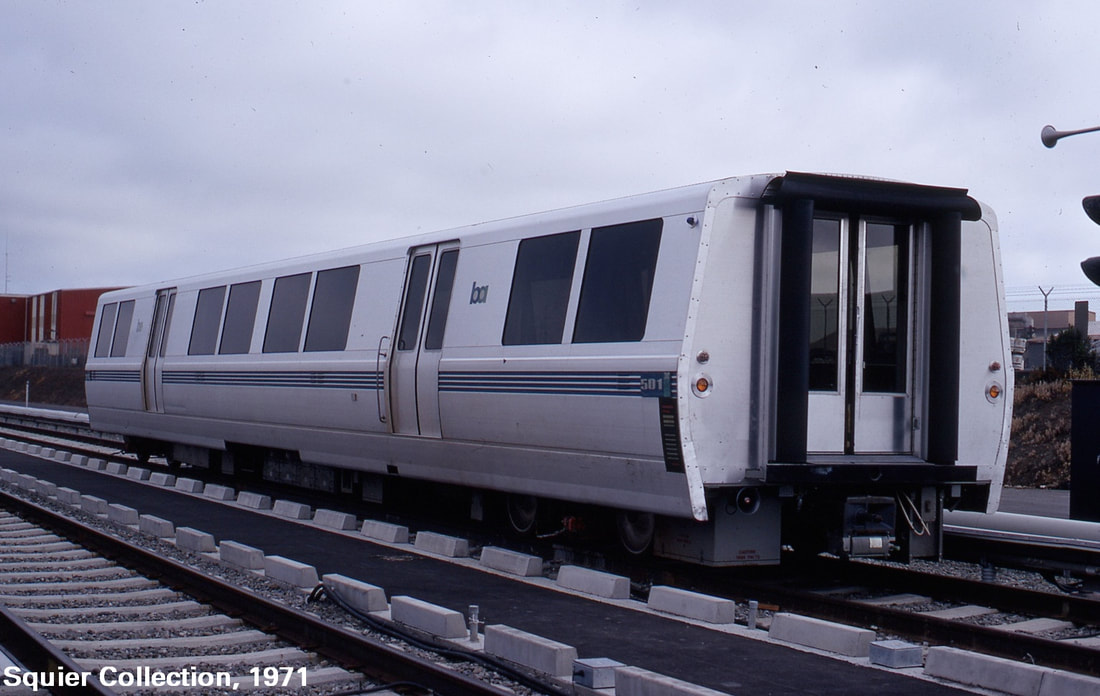
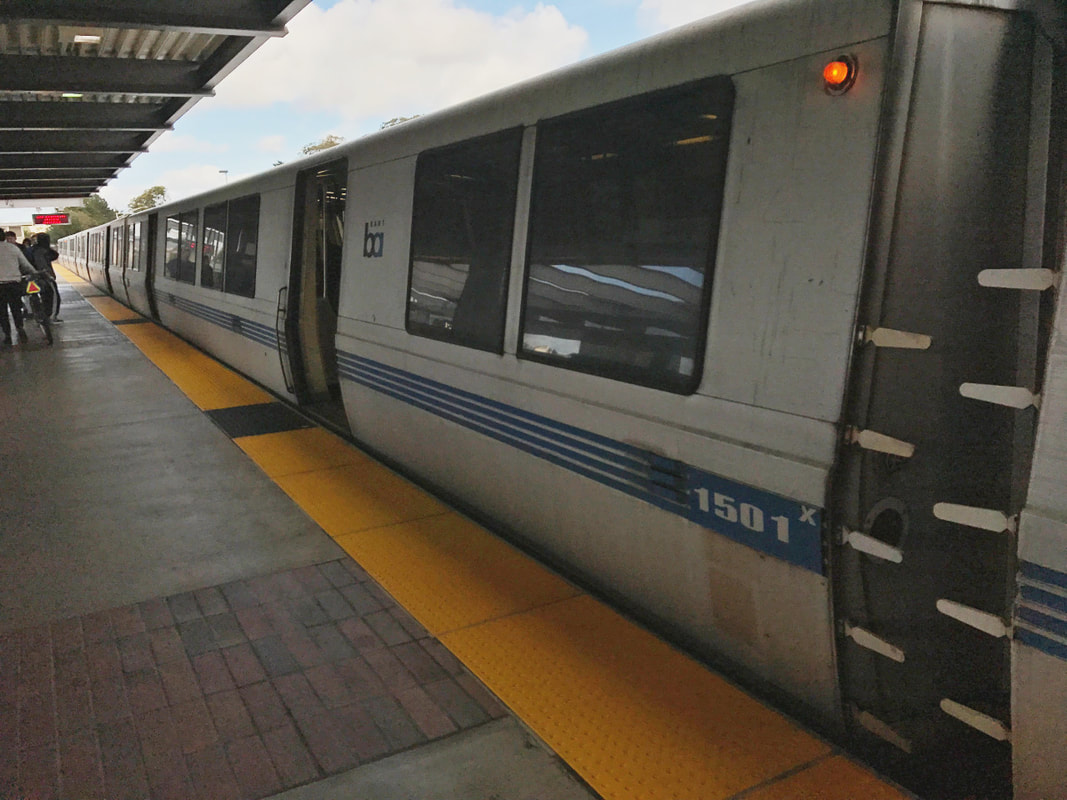
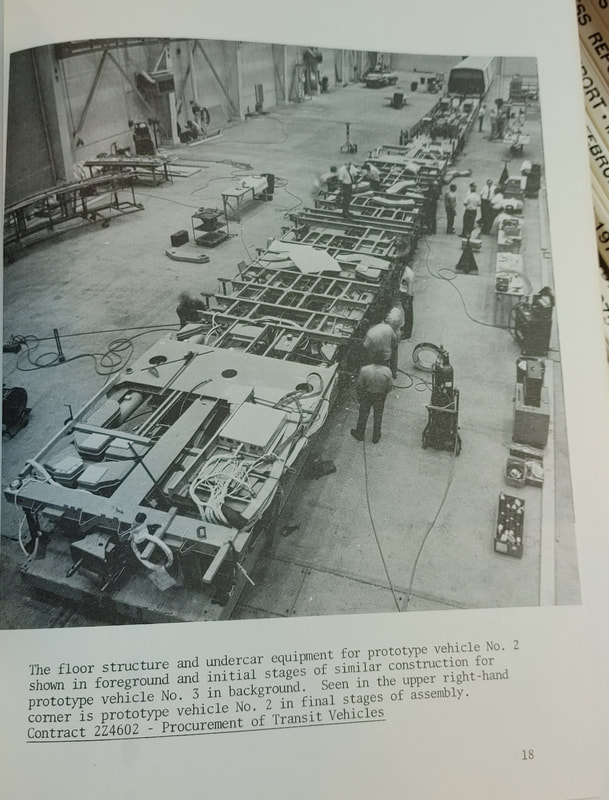
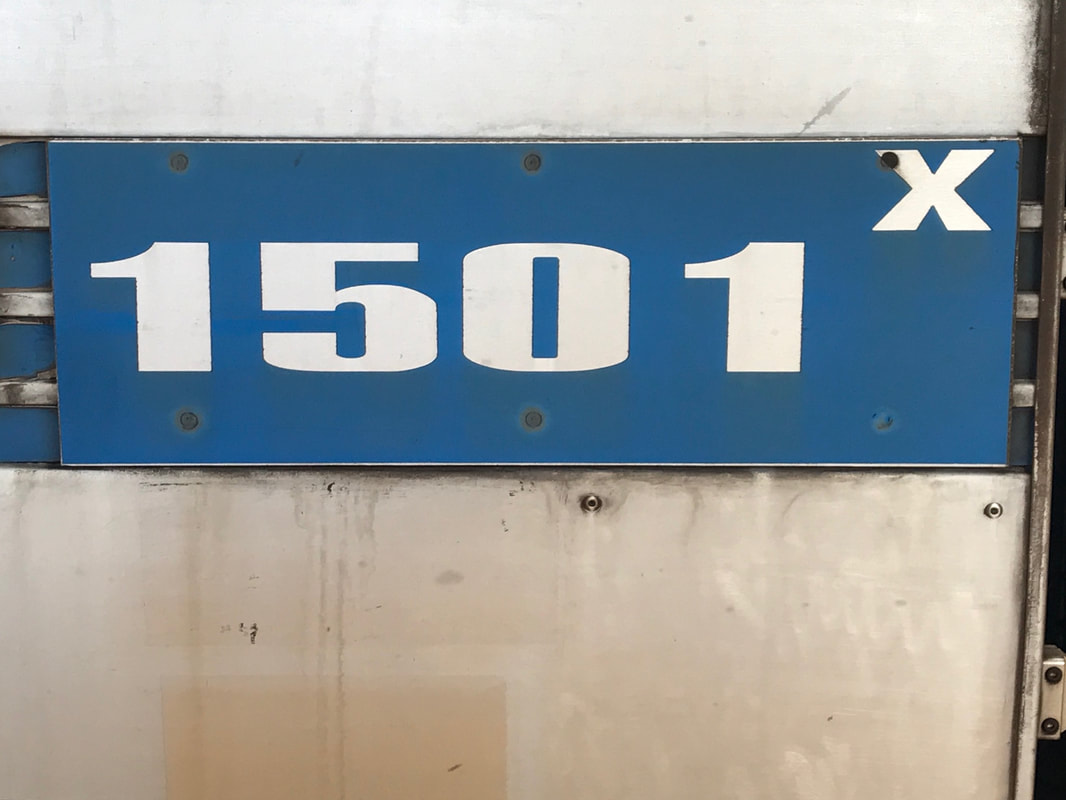
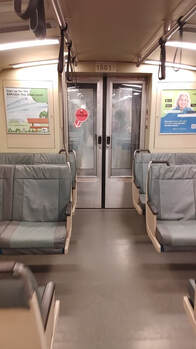
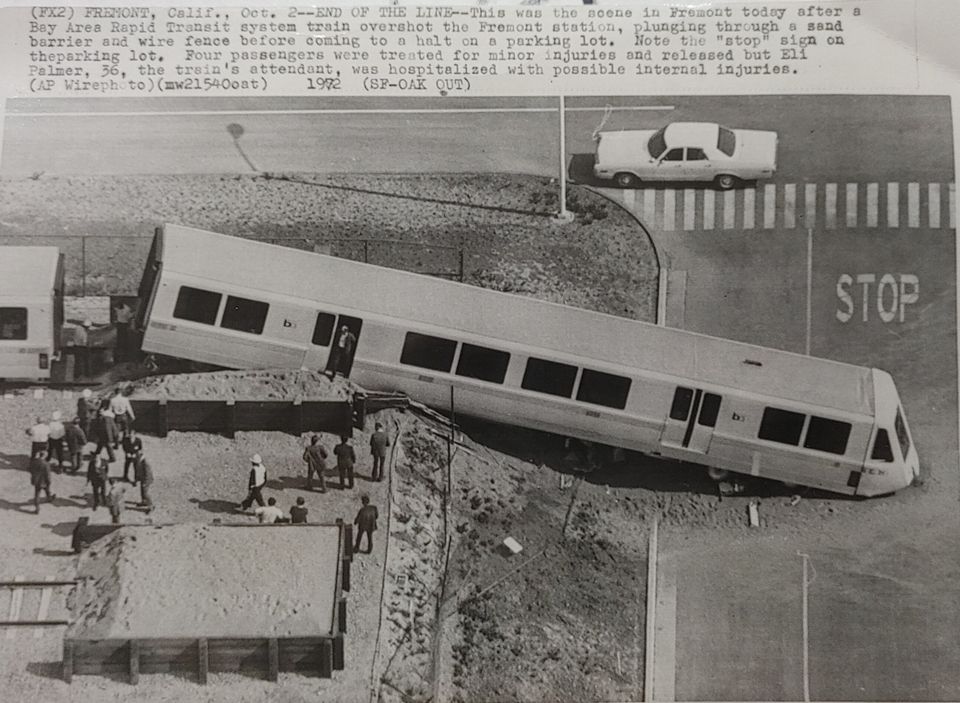
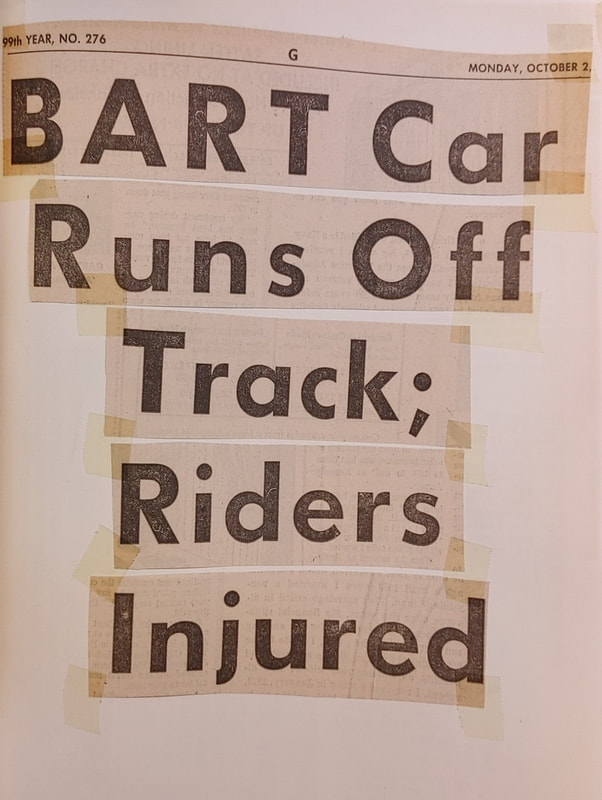
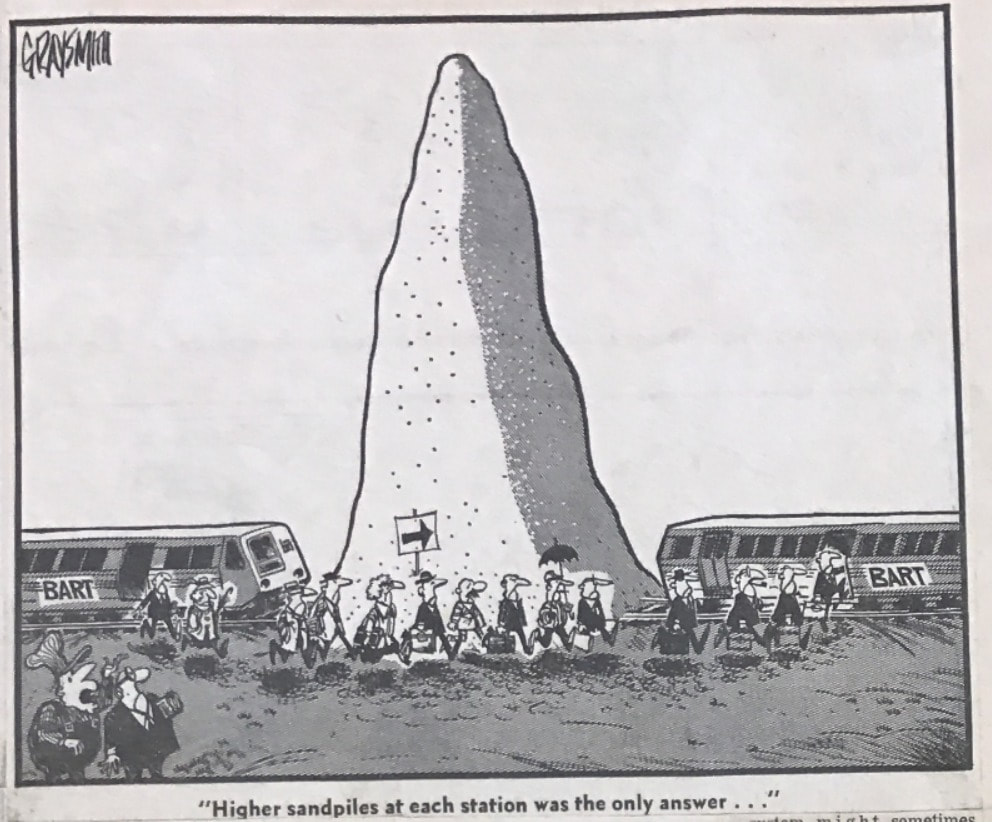
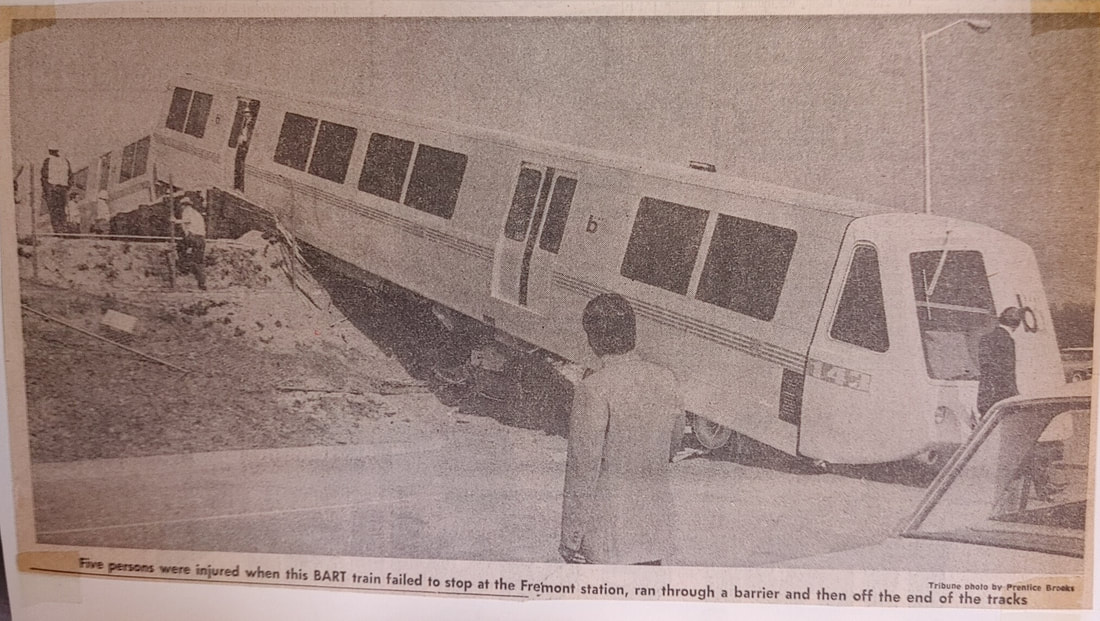
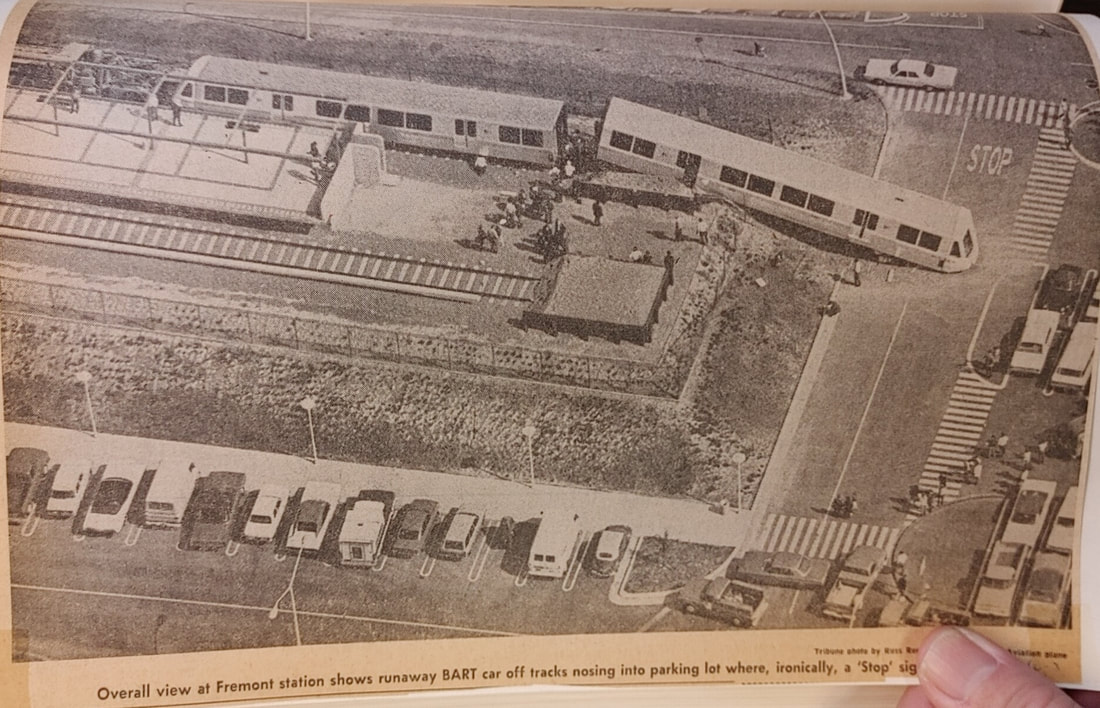
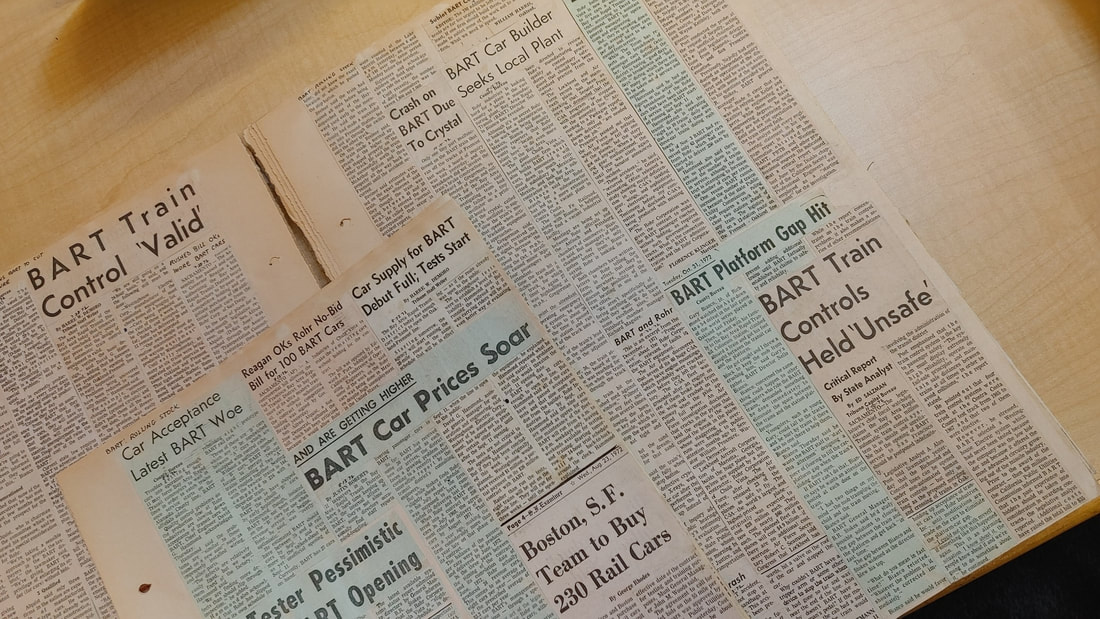
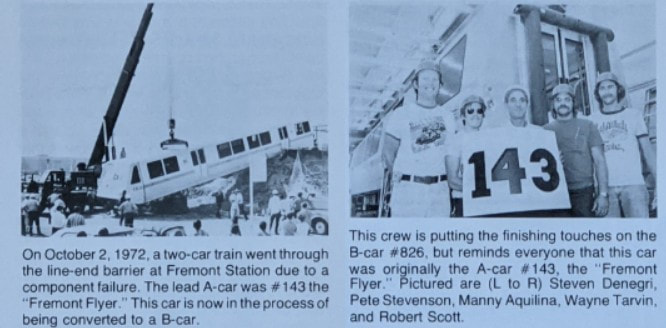
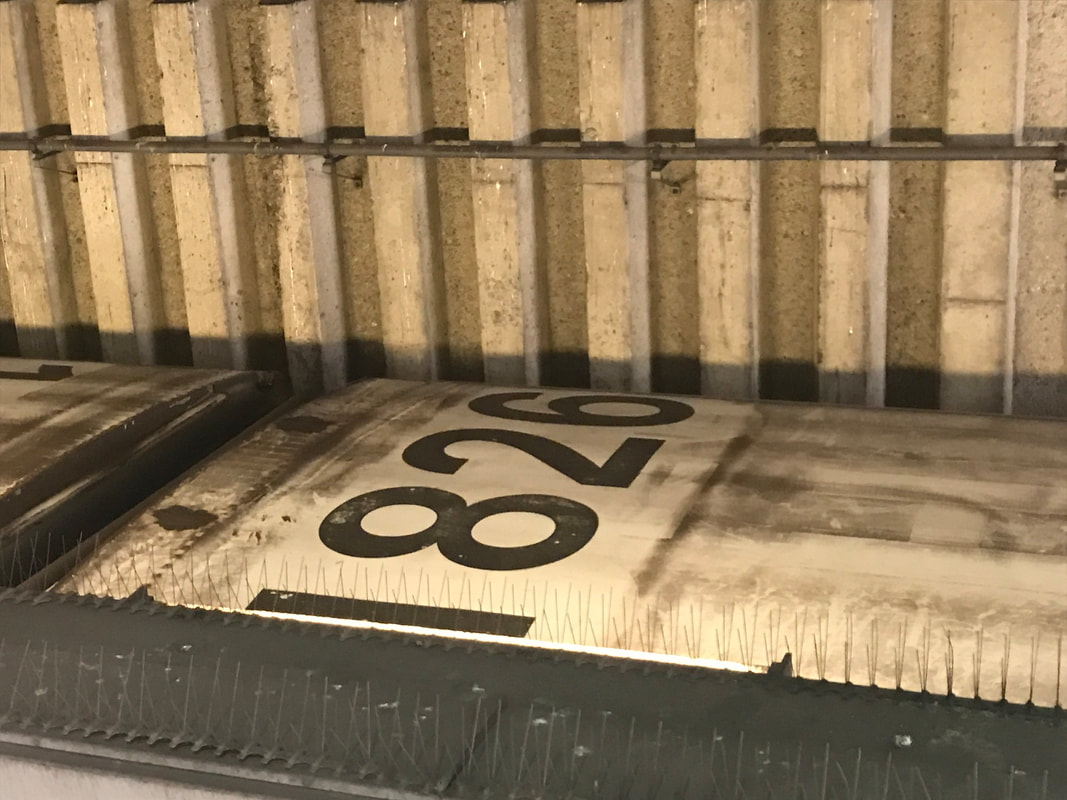
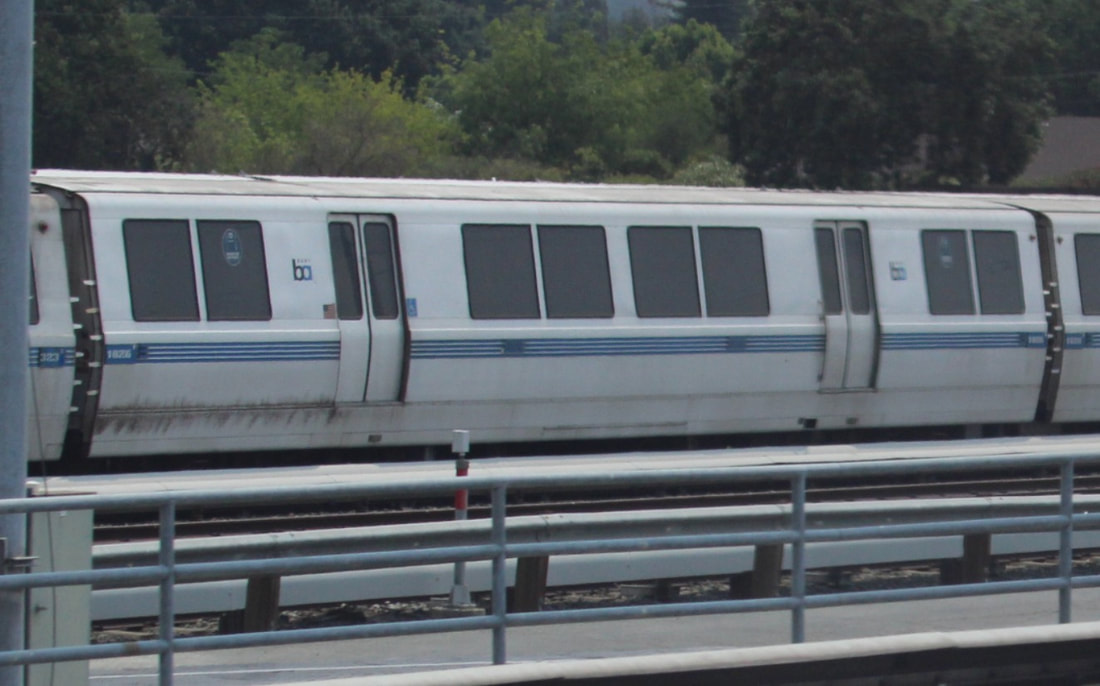
 RSS Feed
RSS Feed
